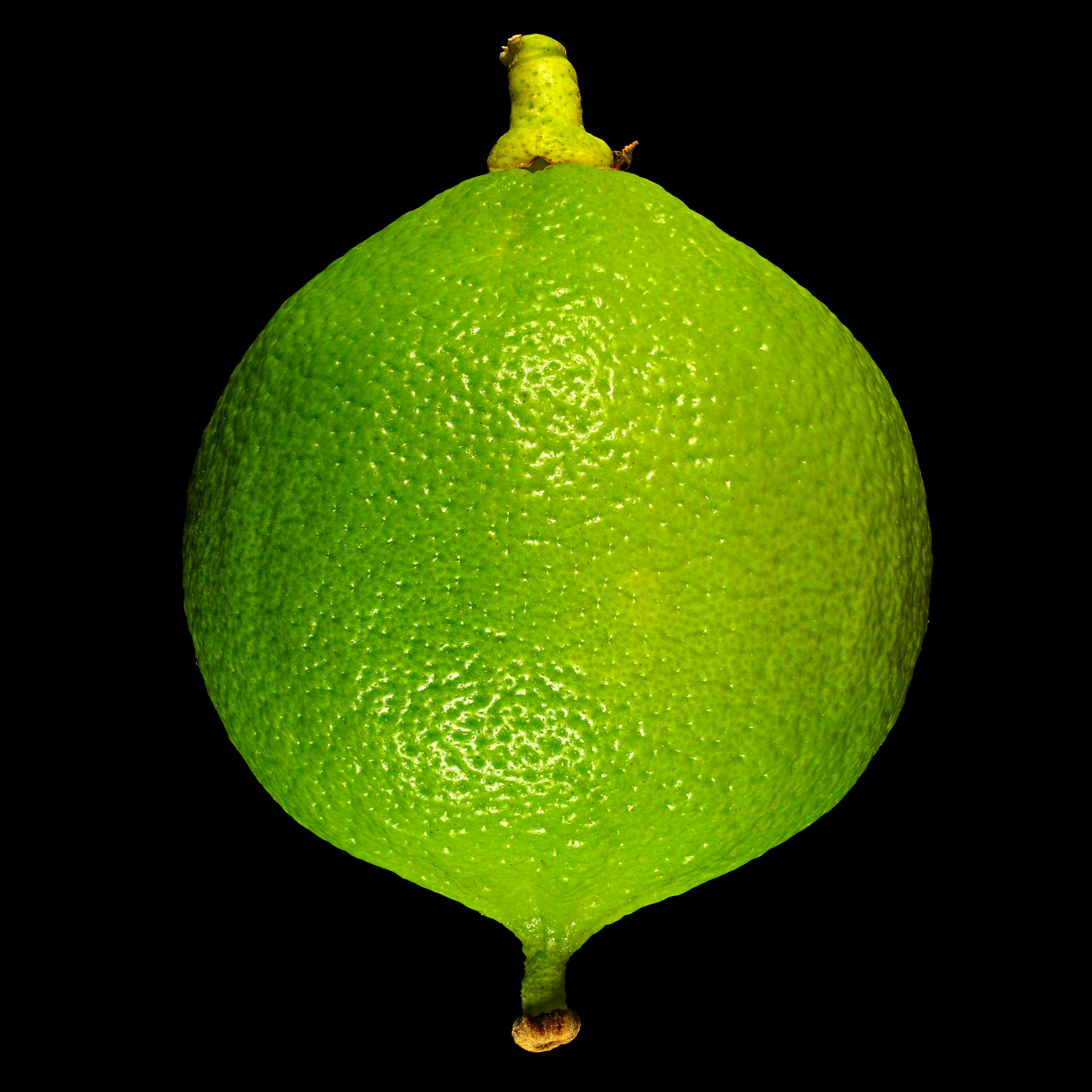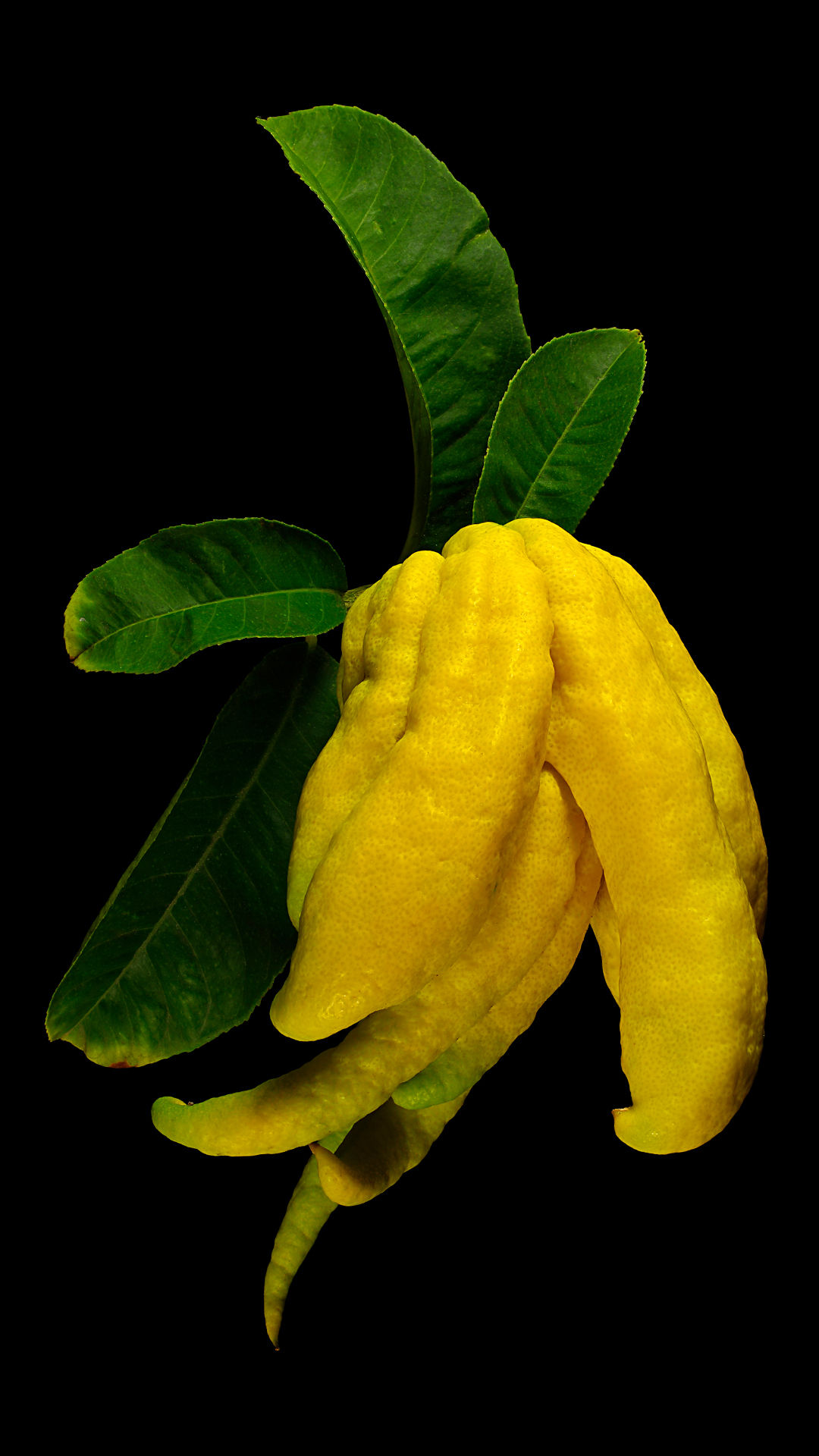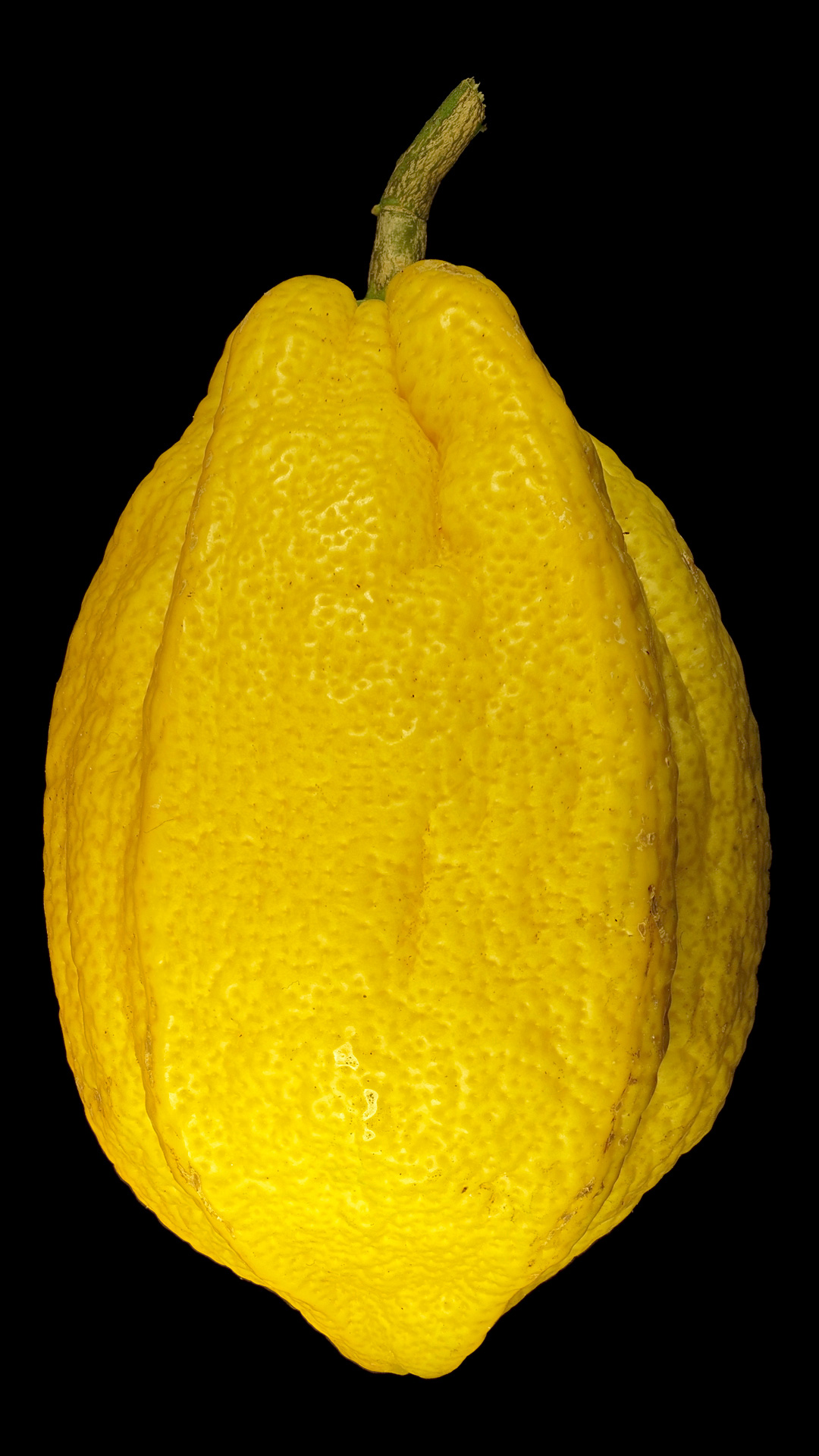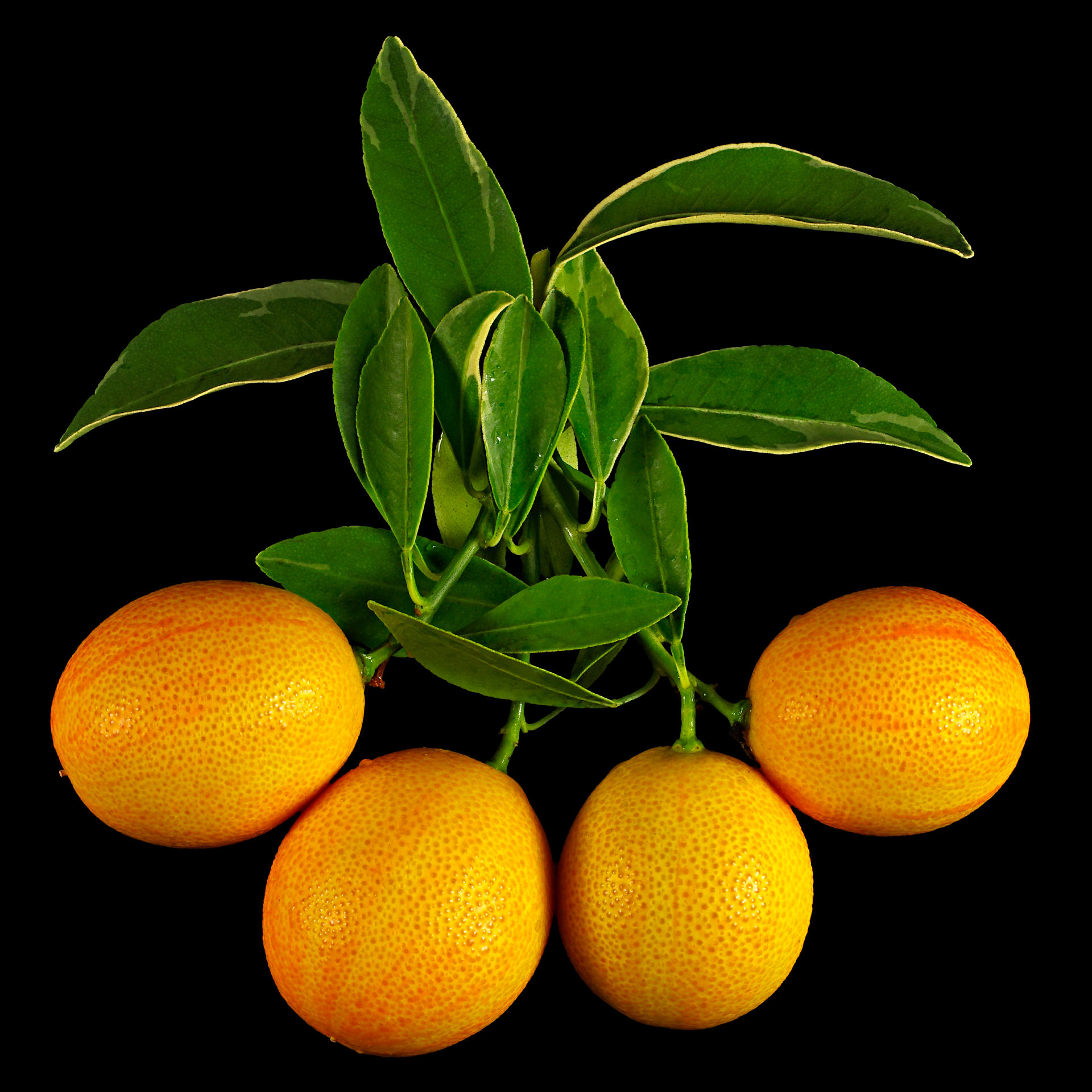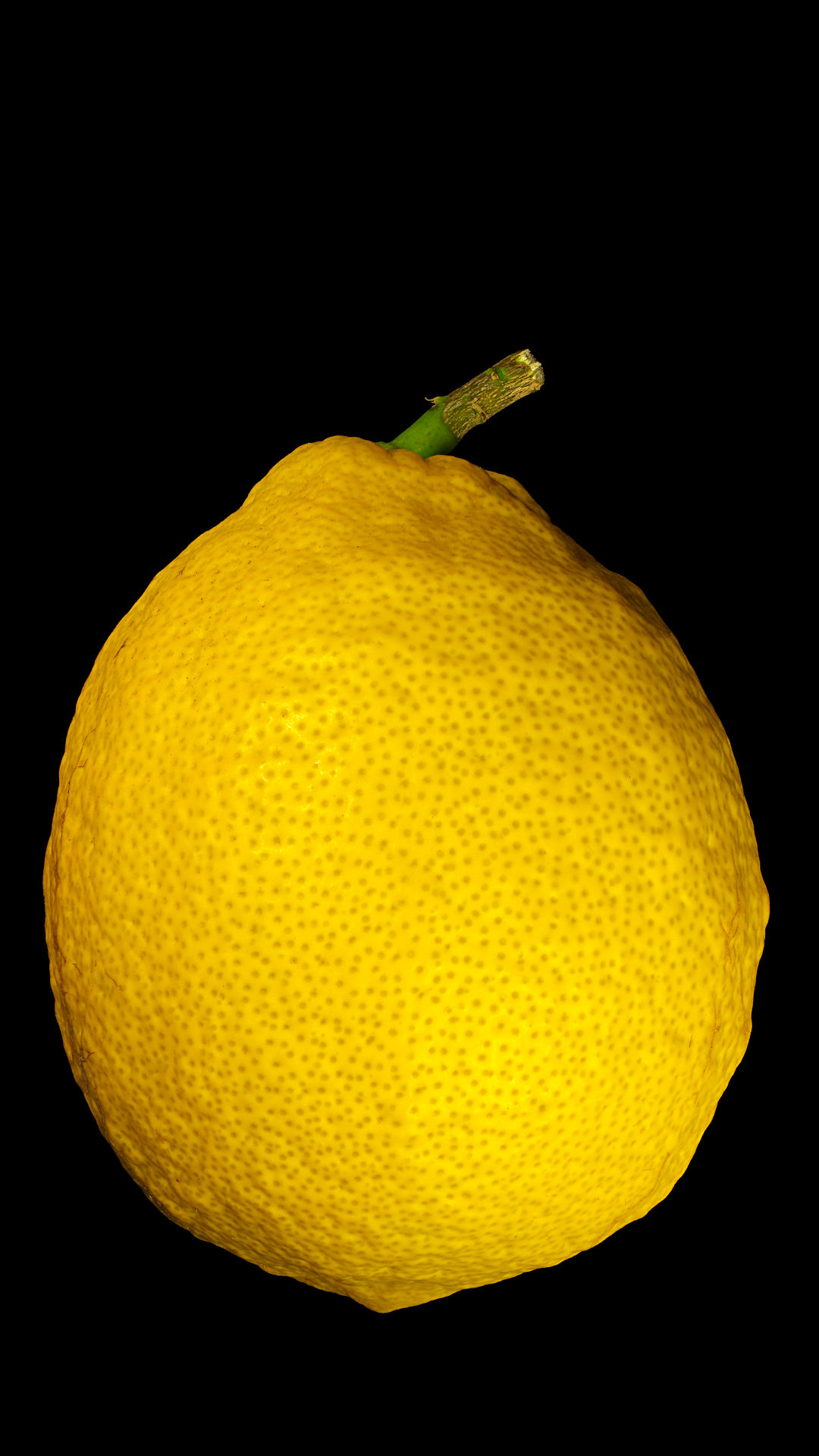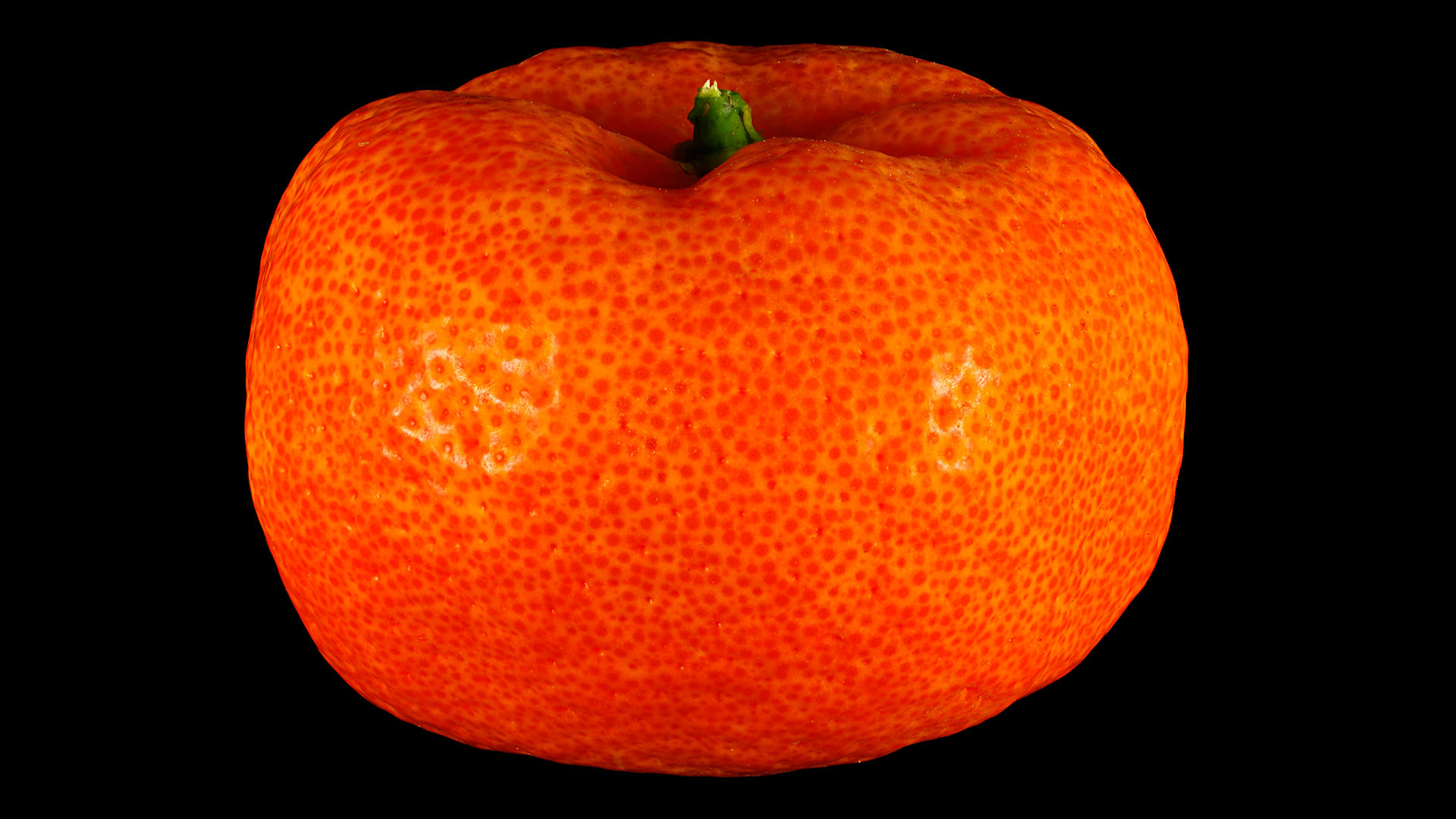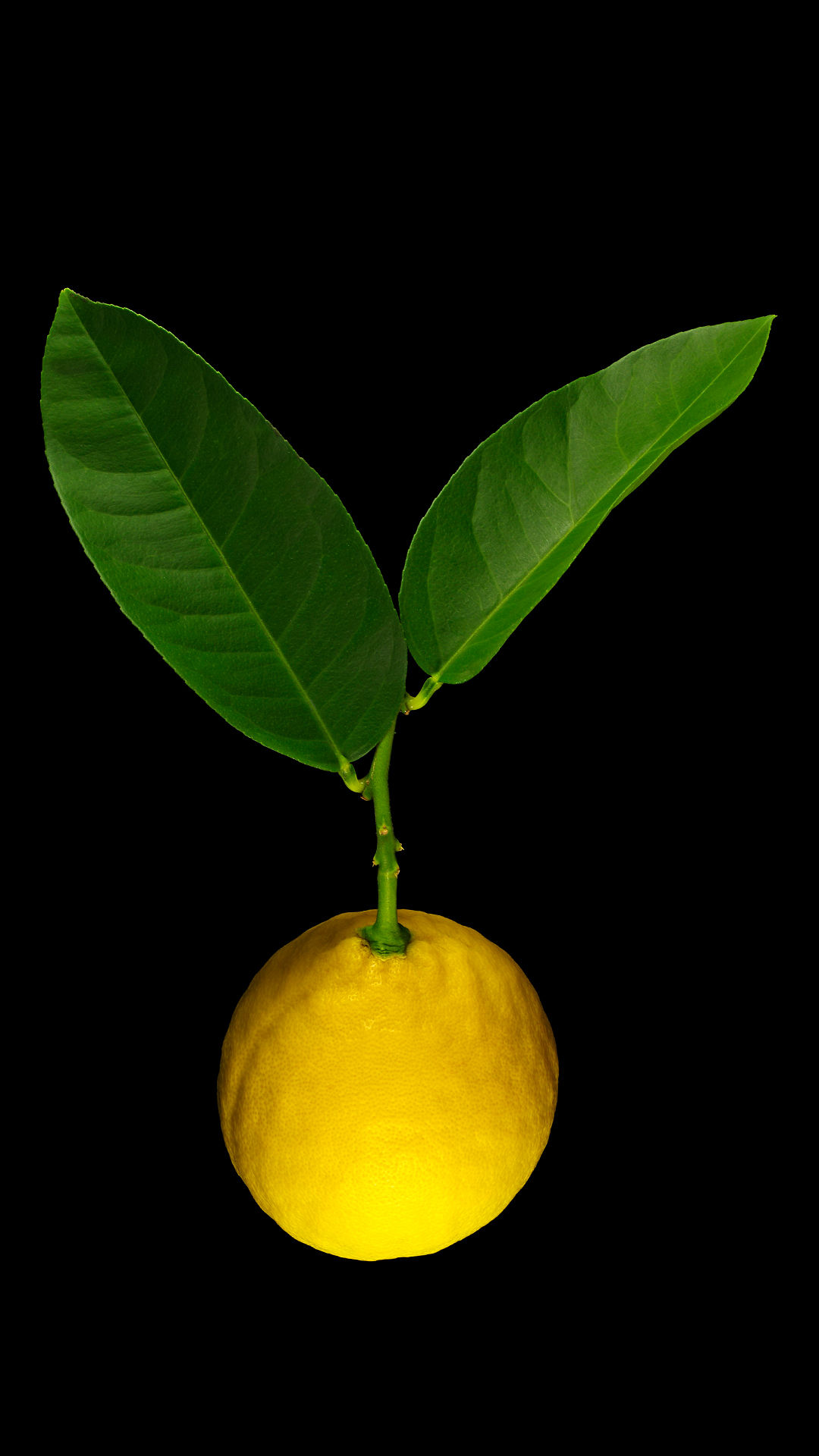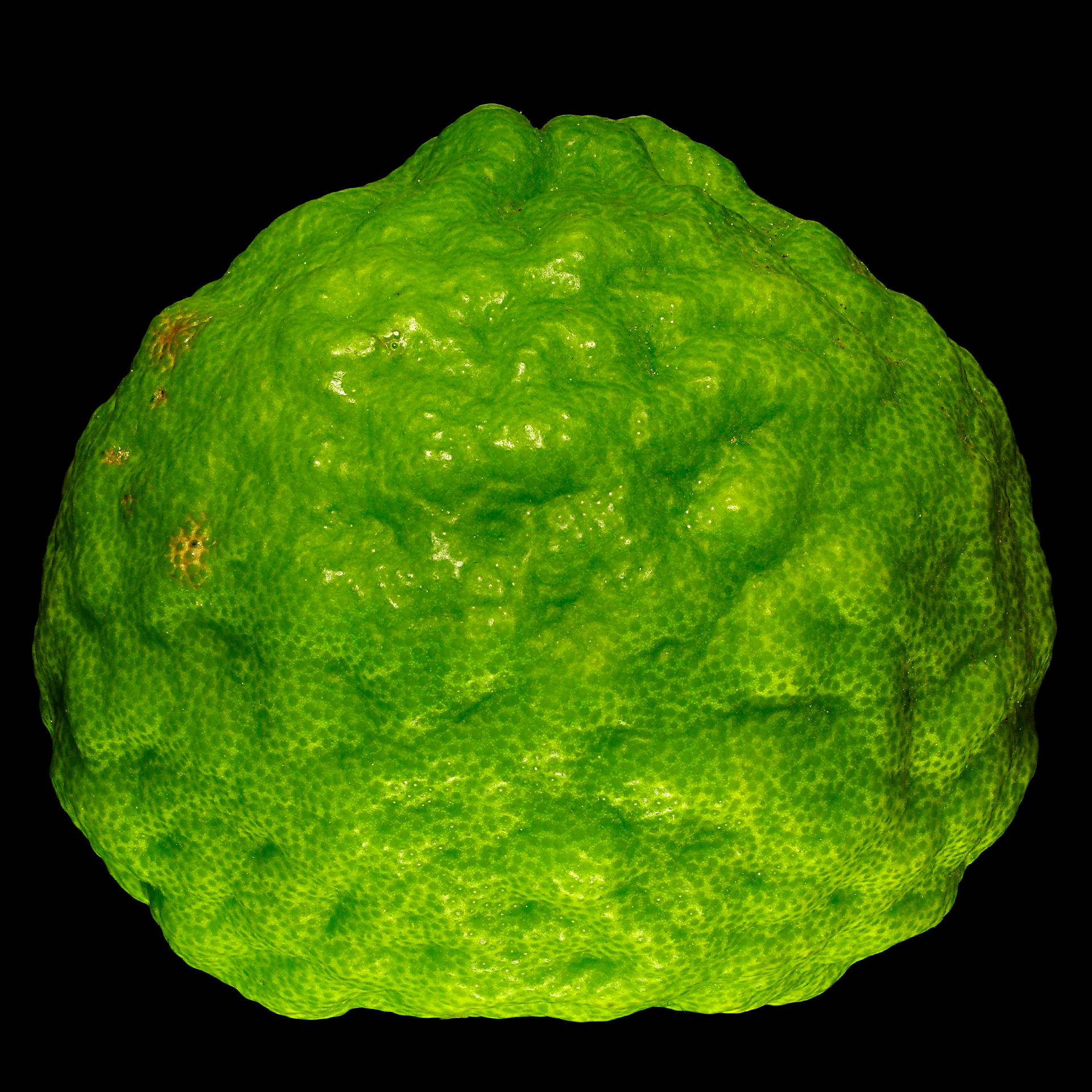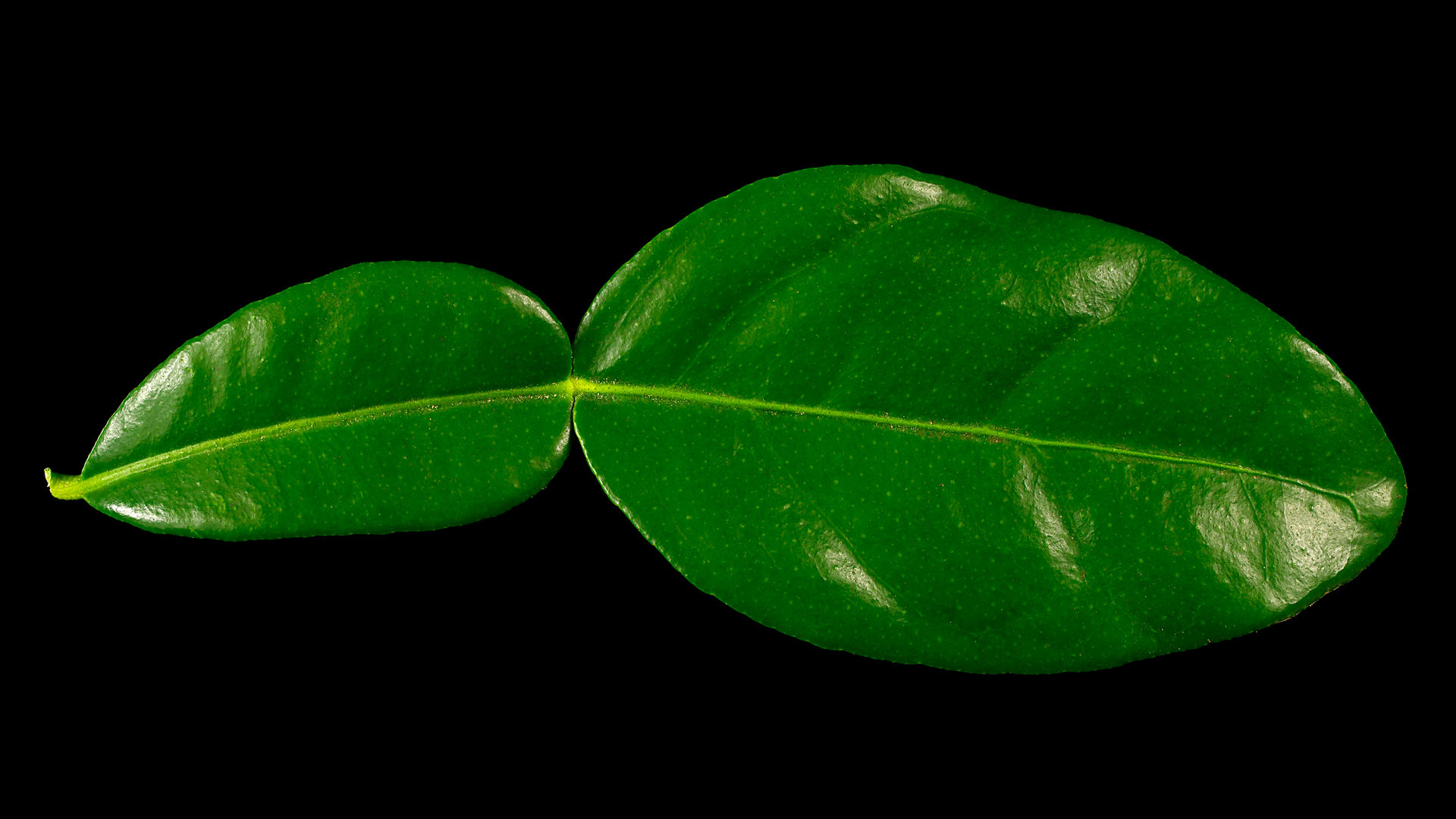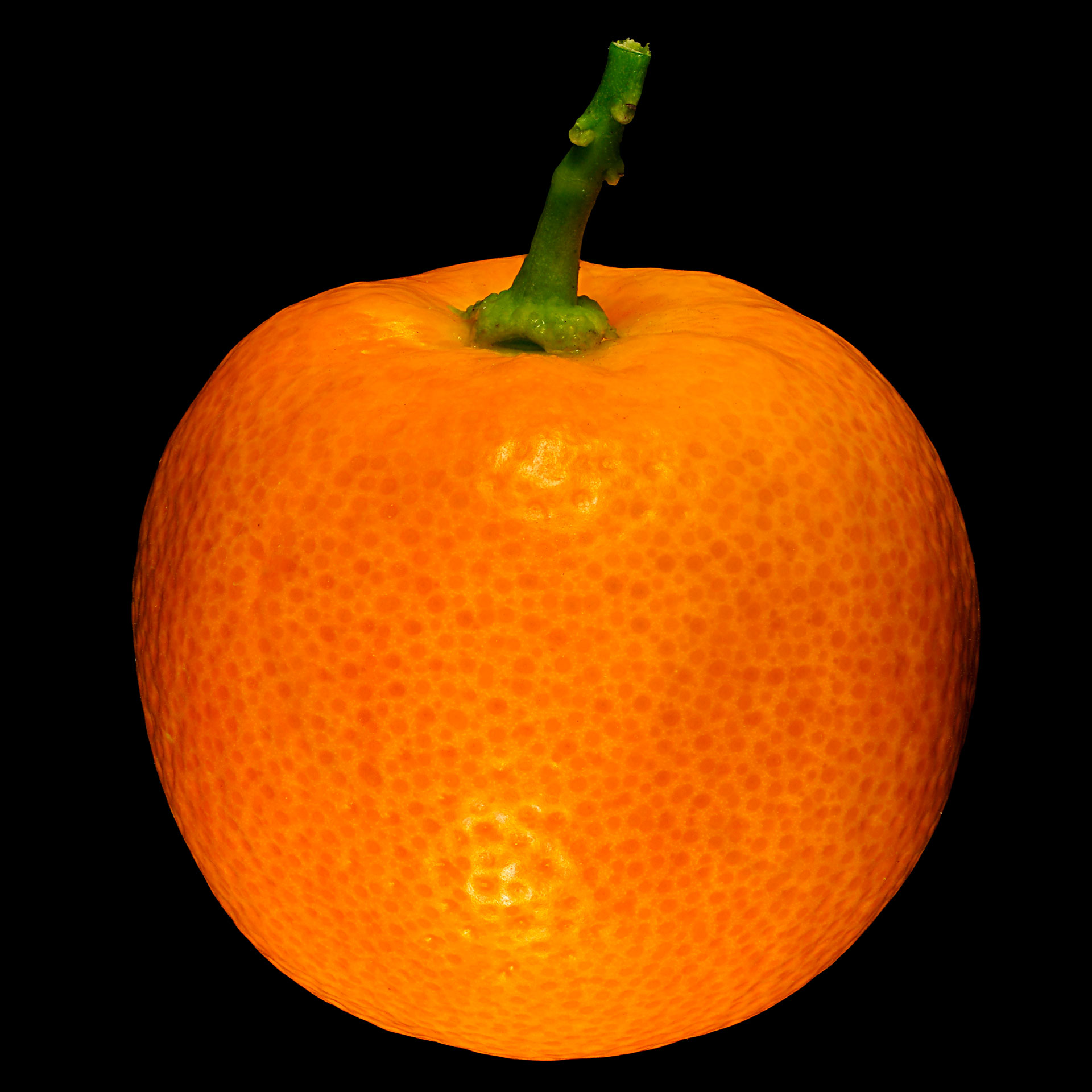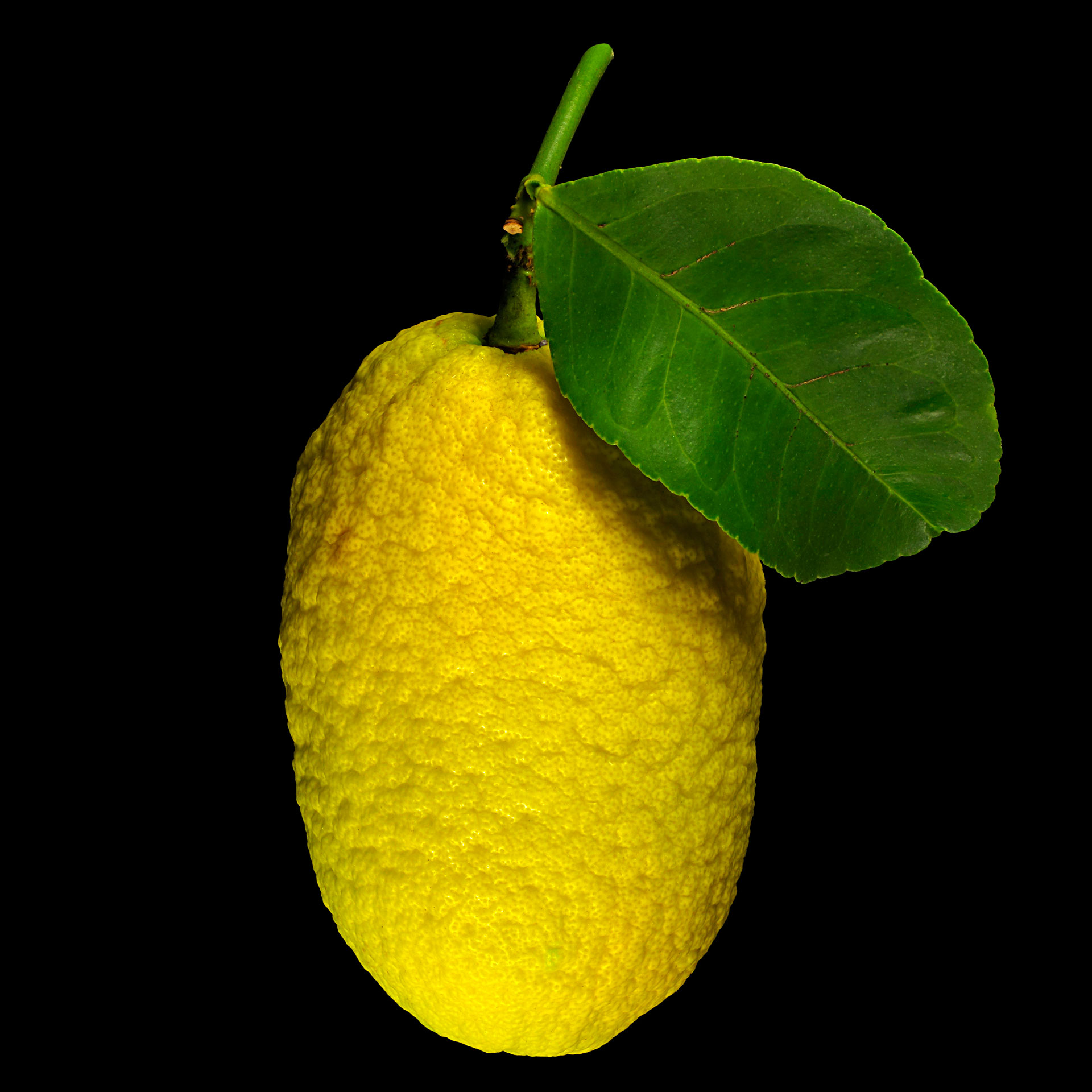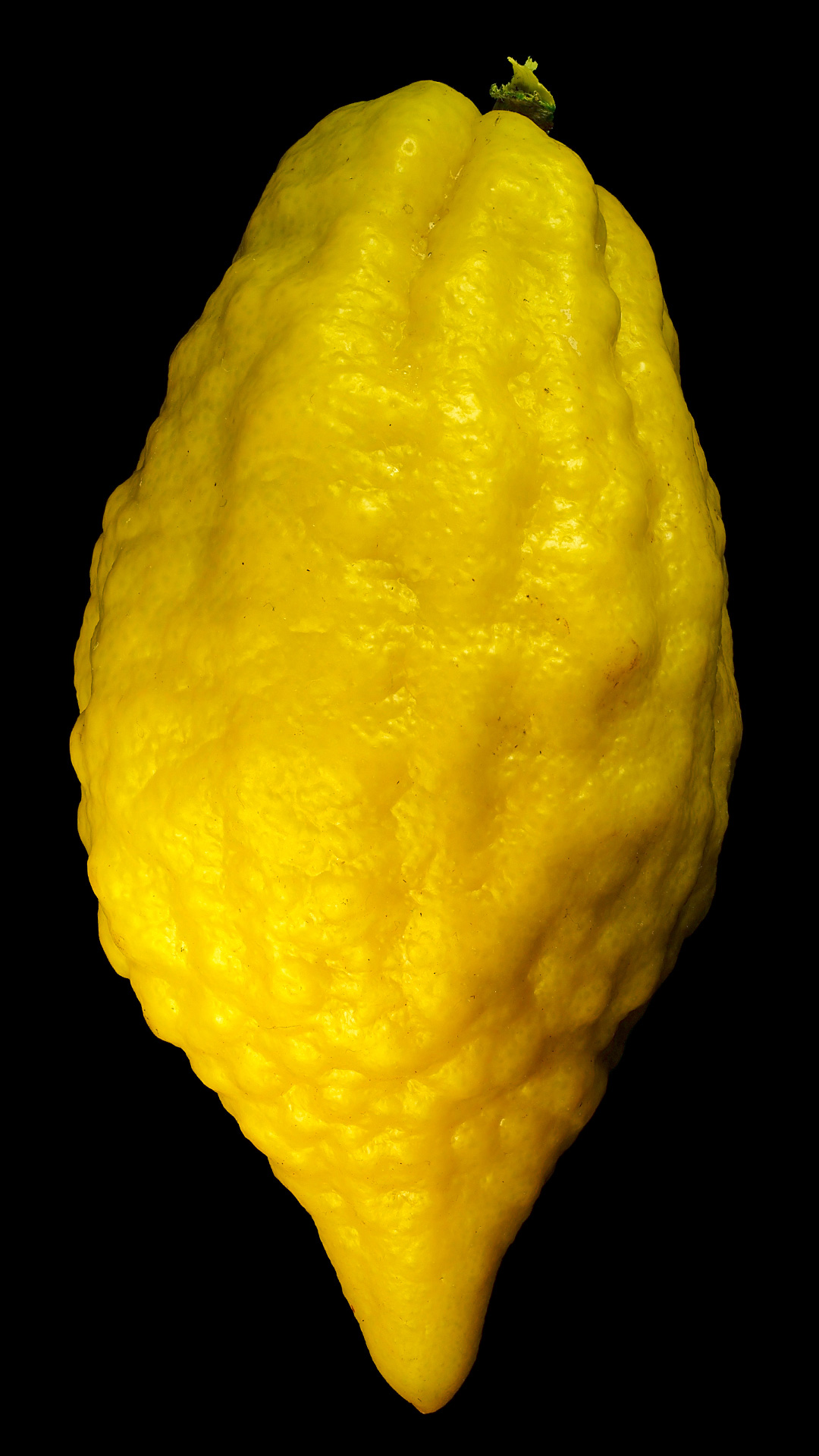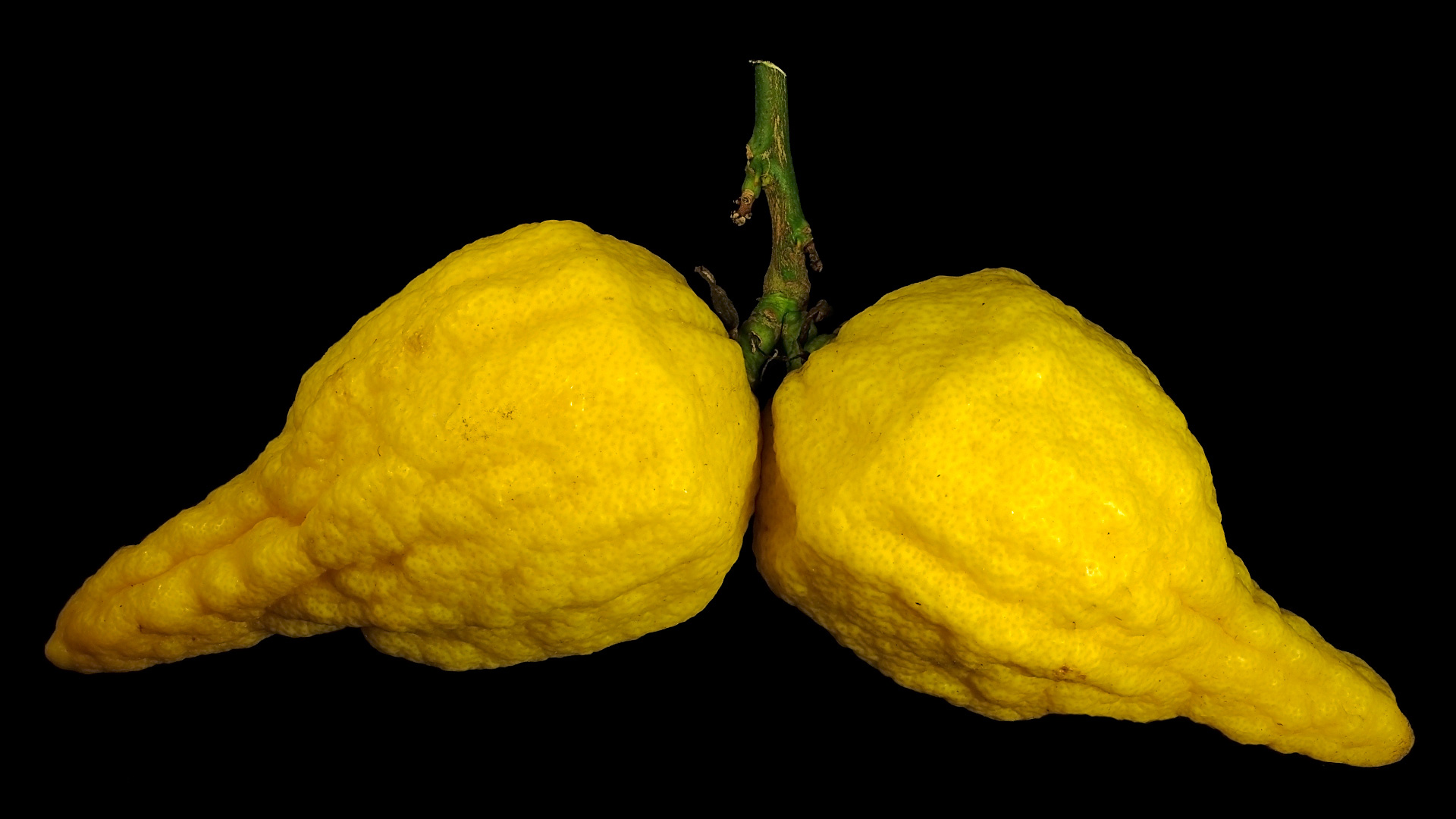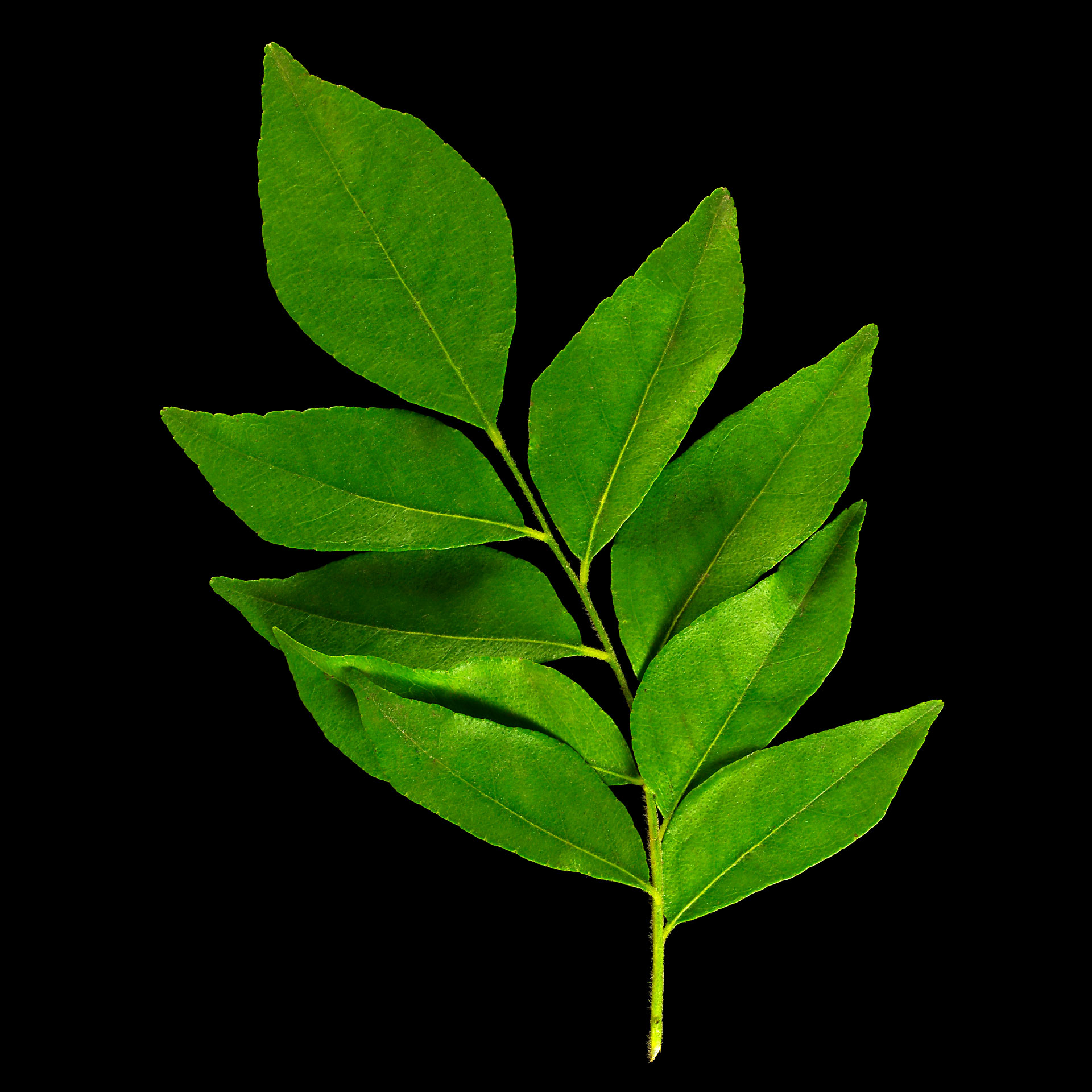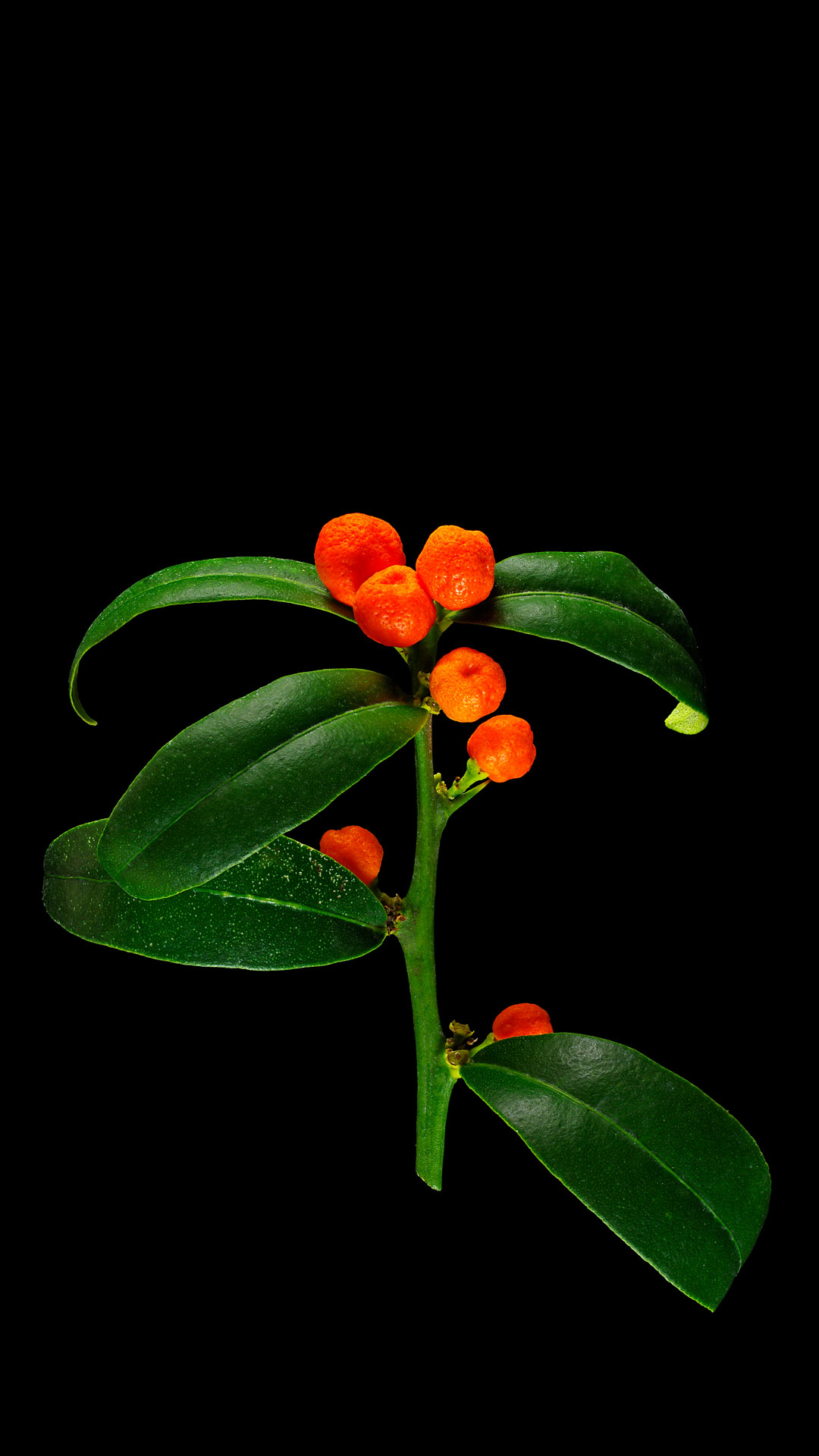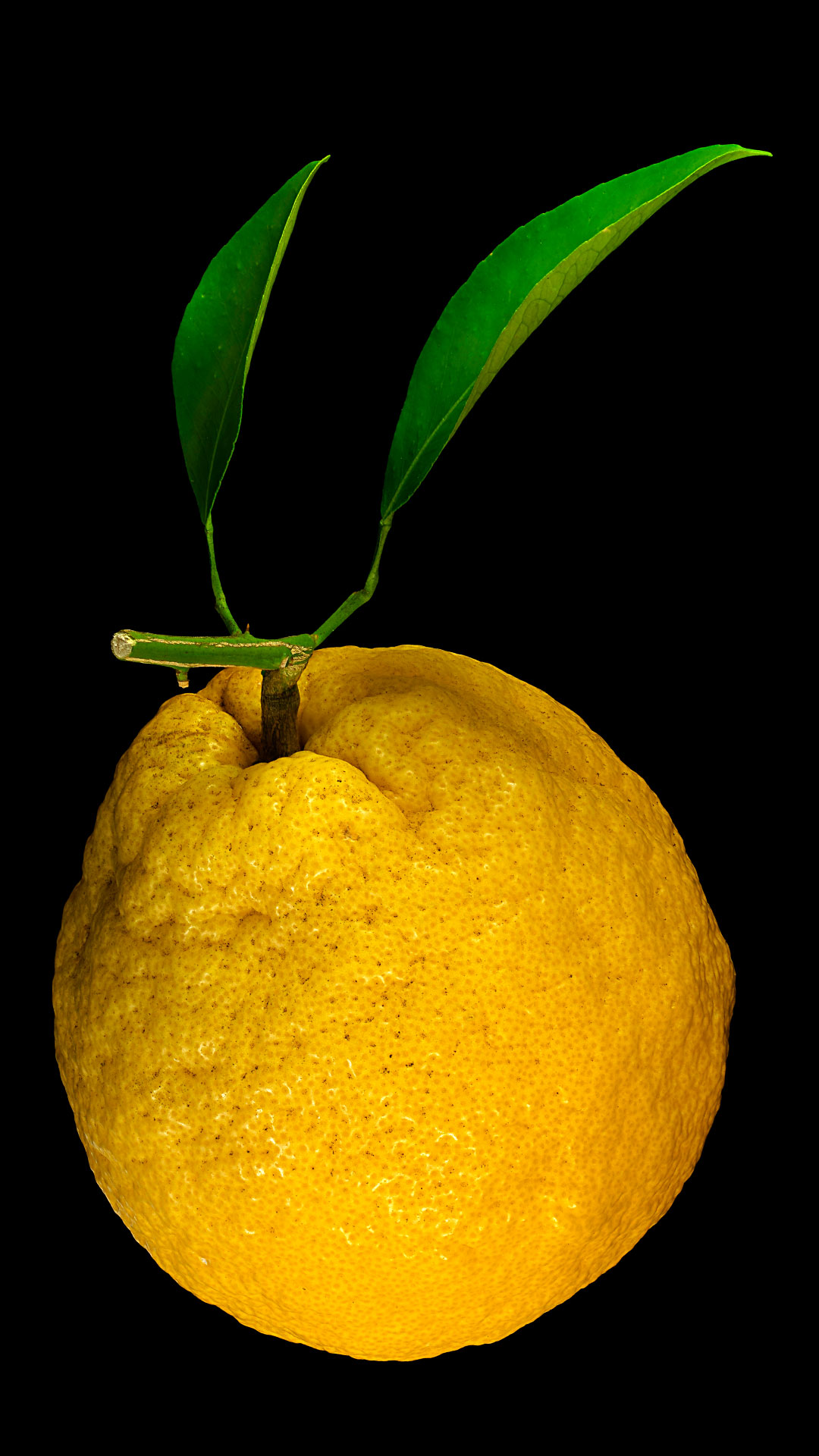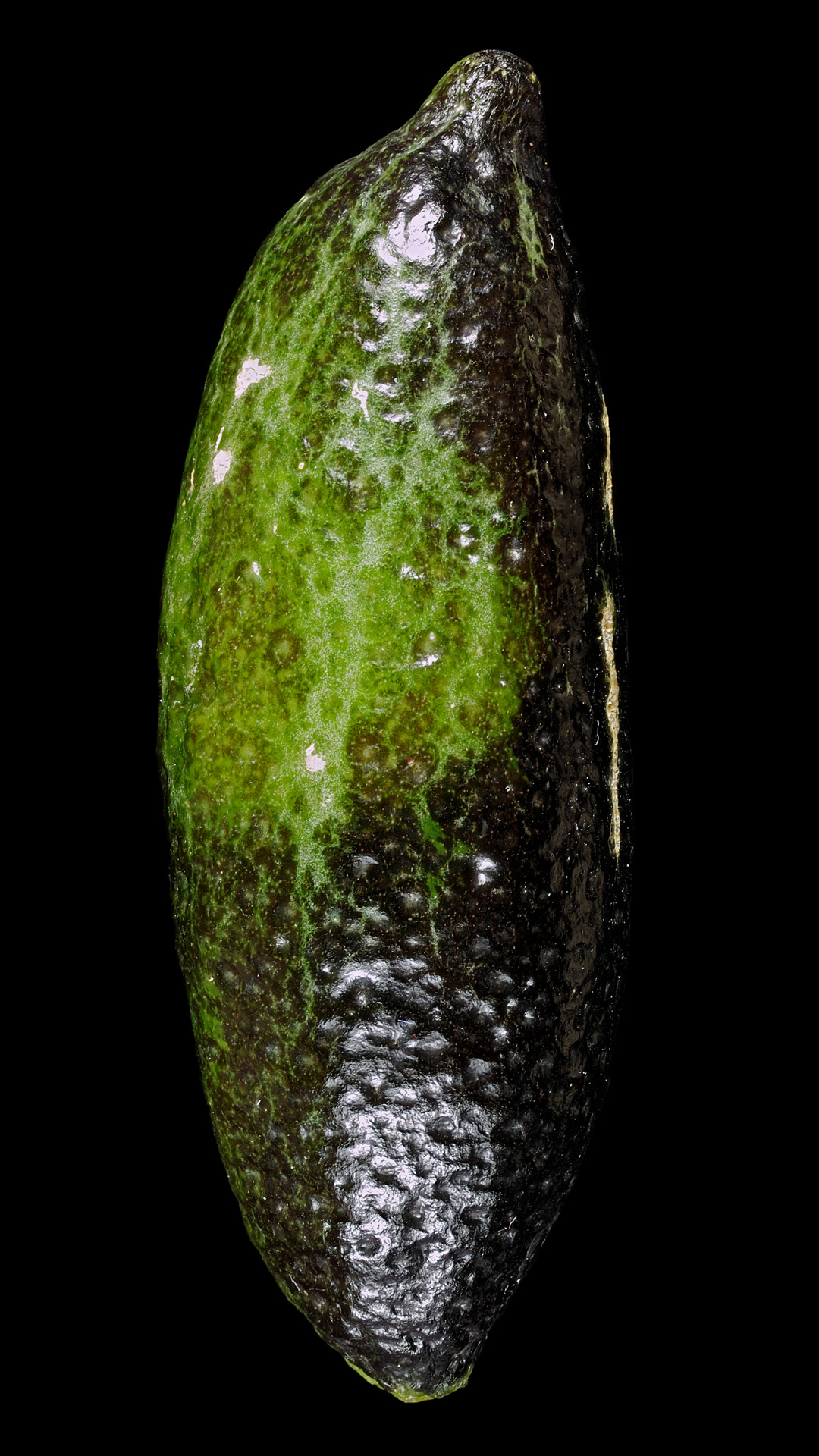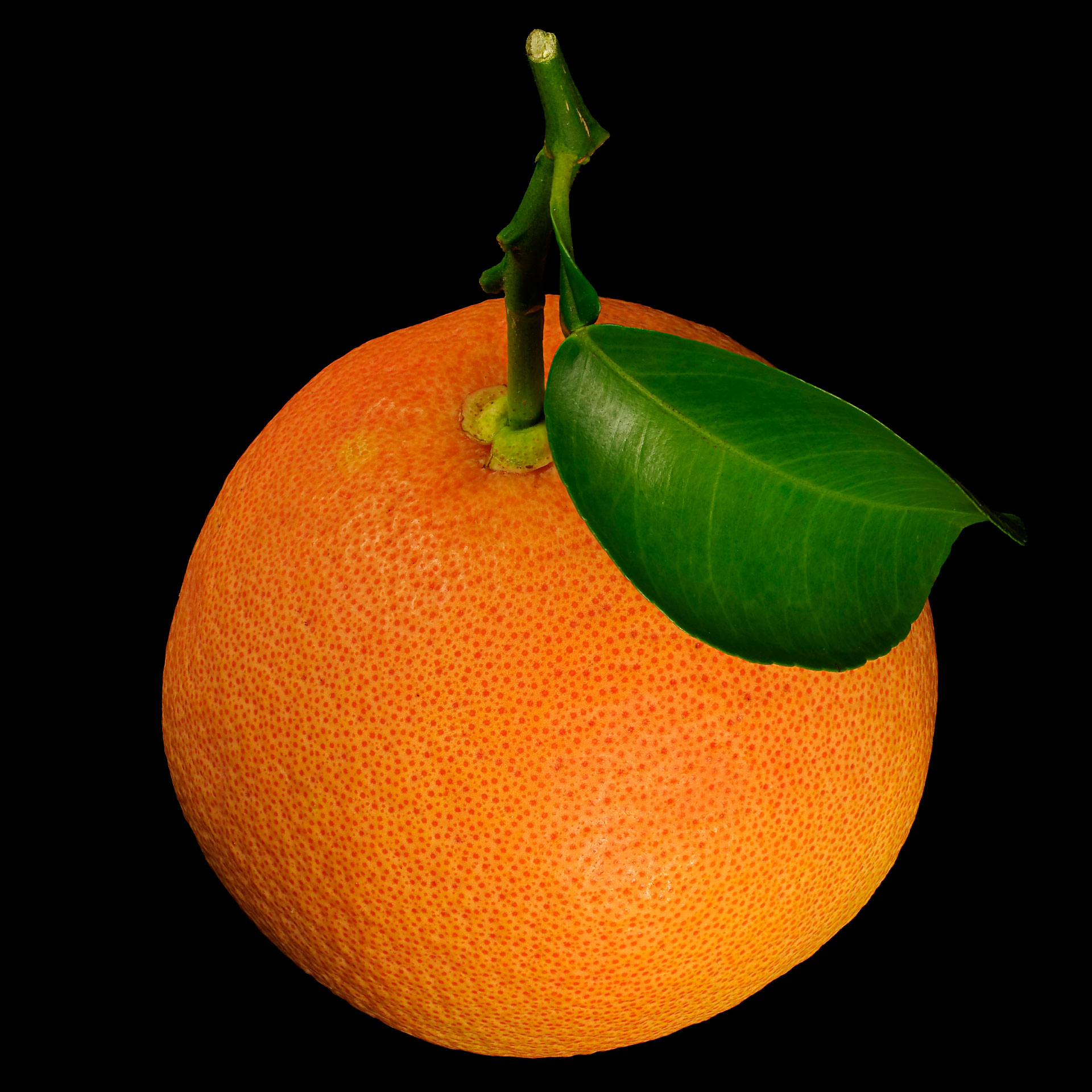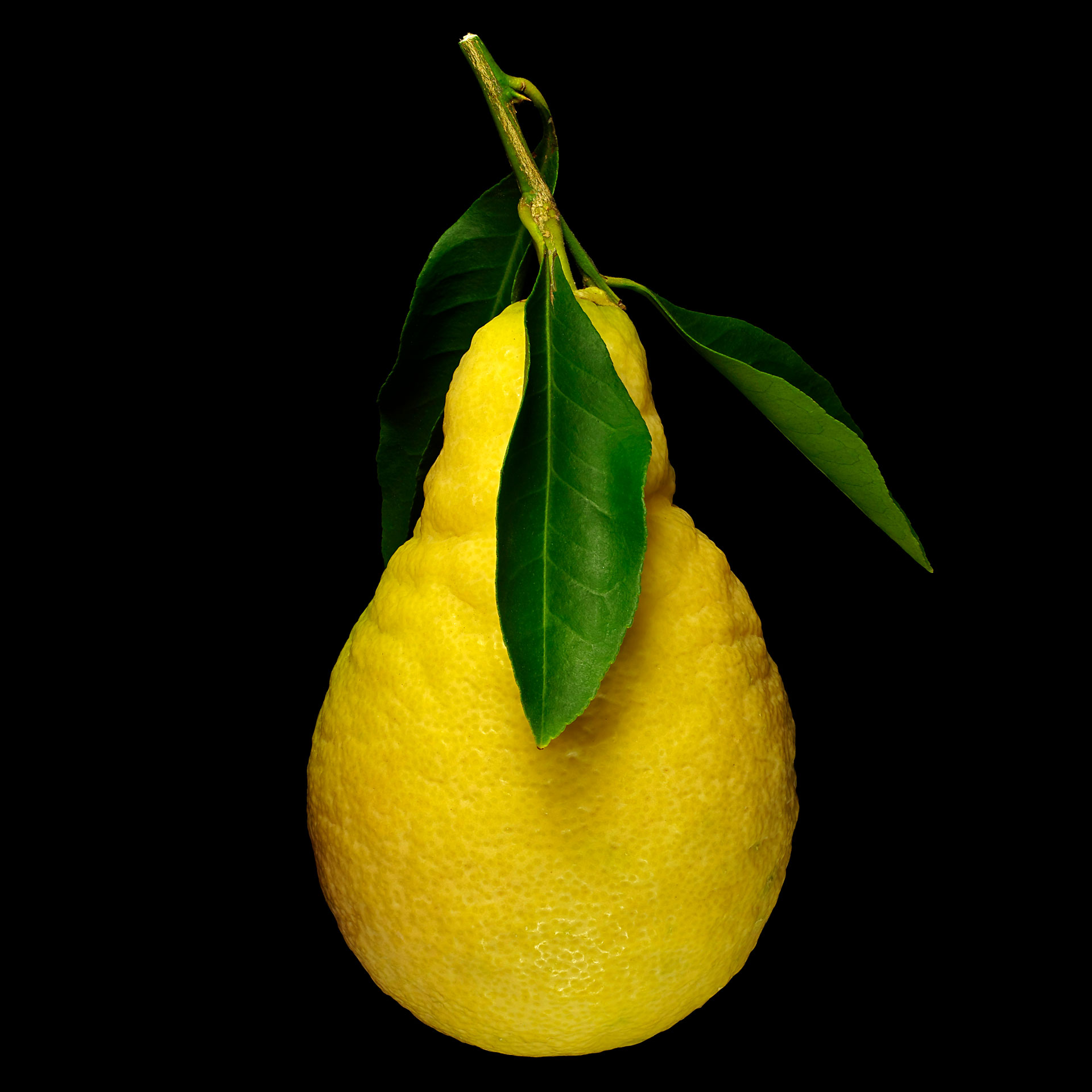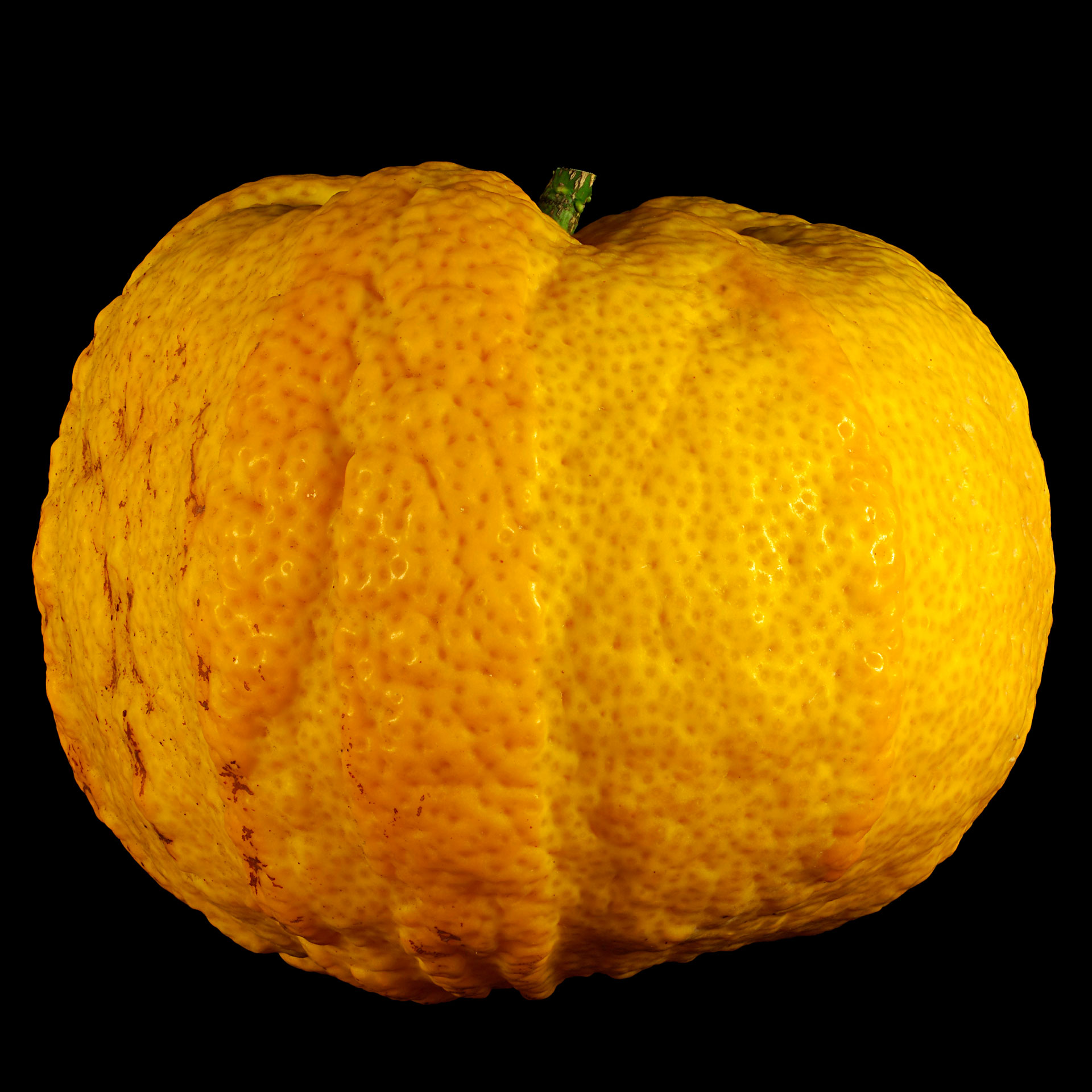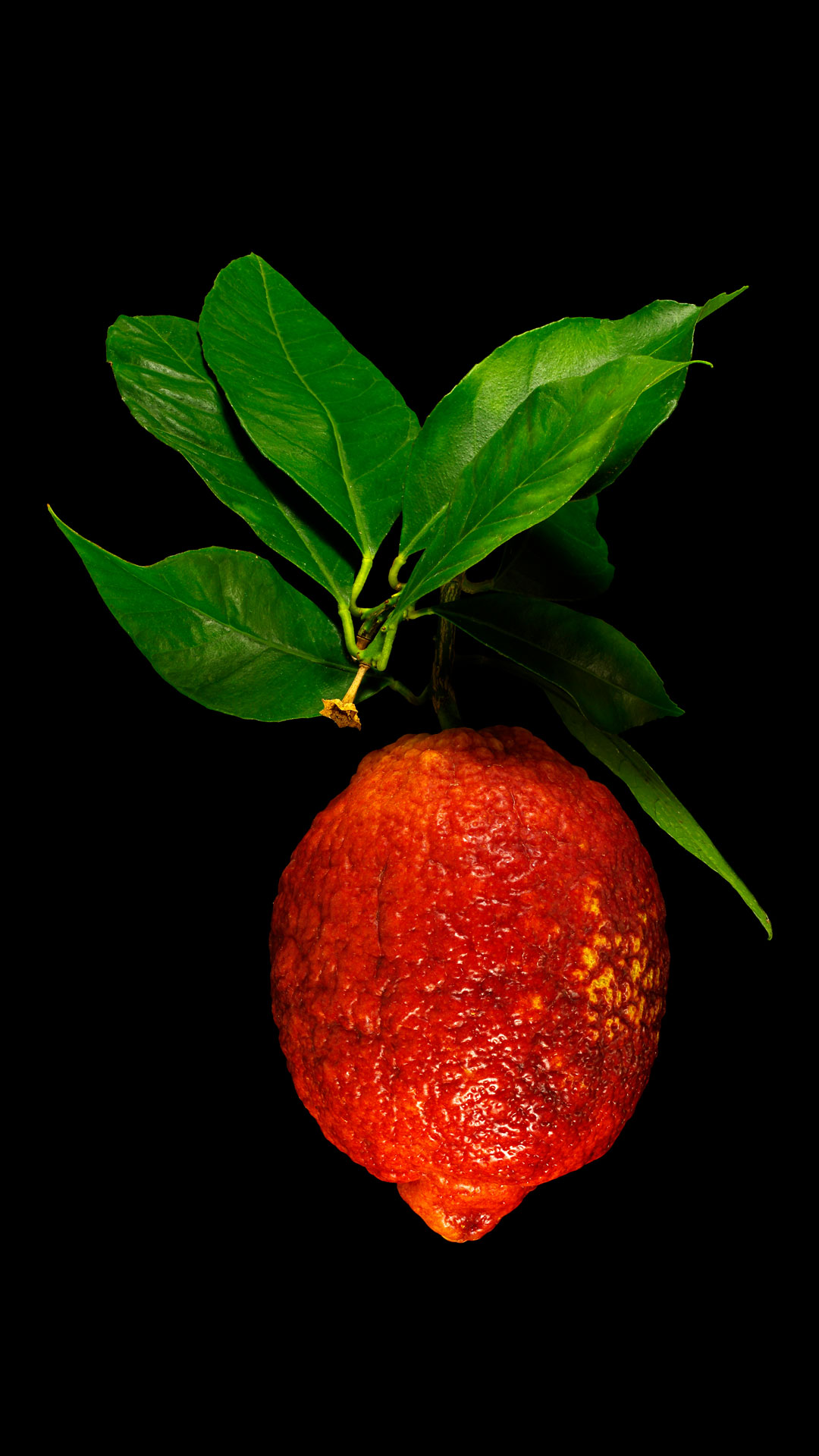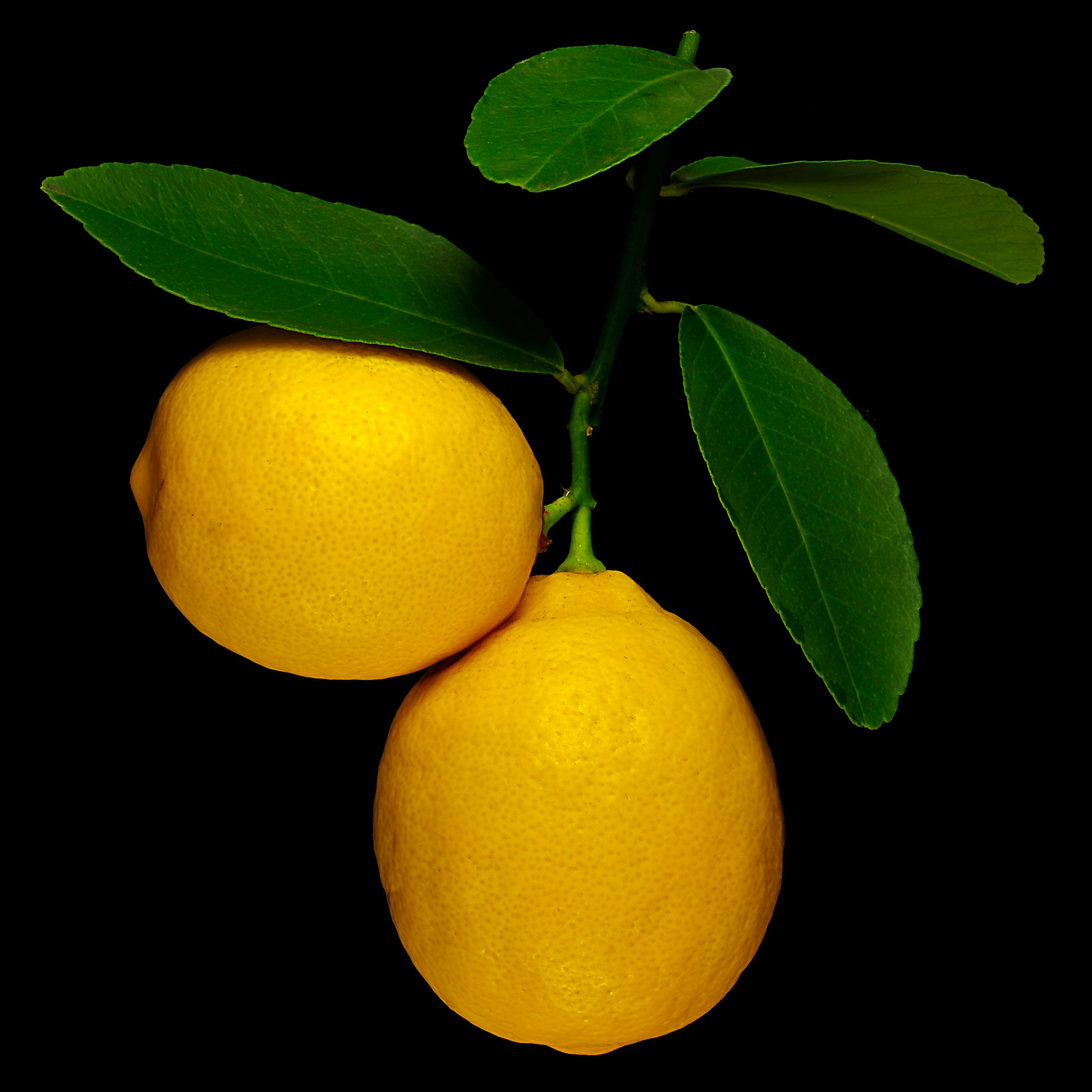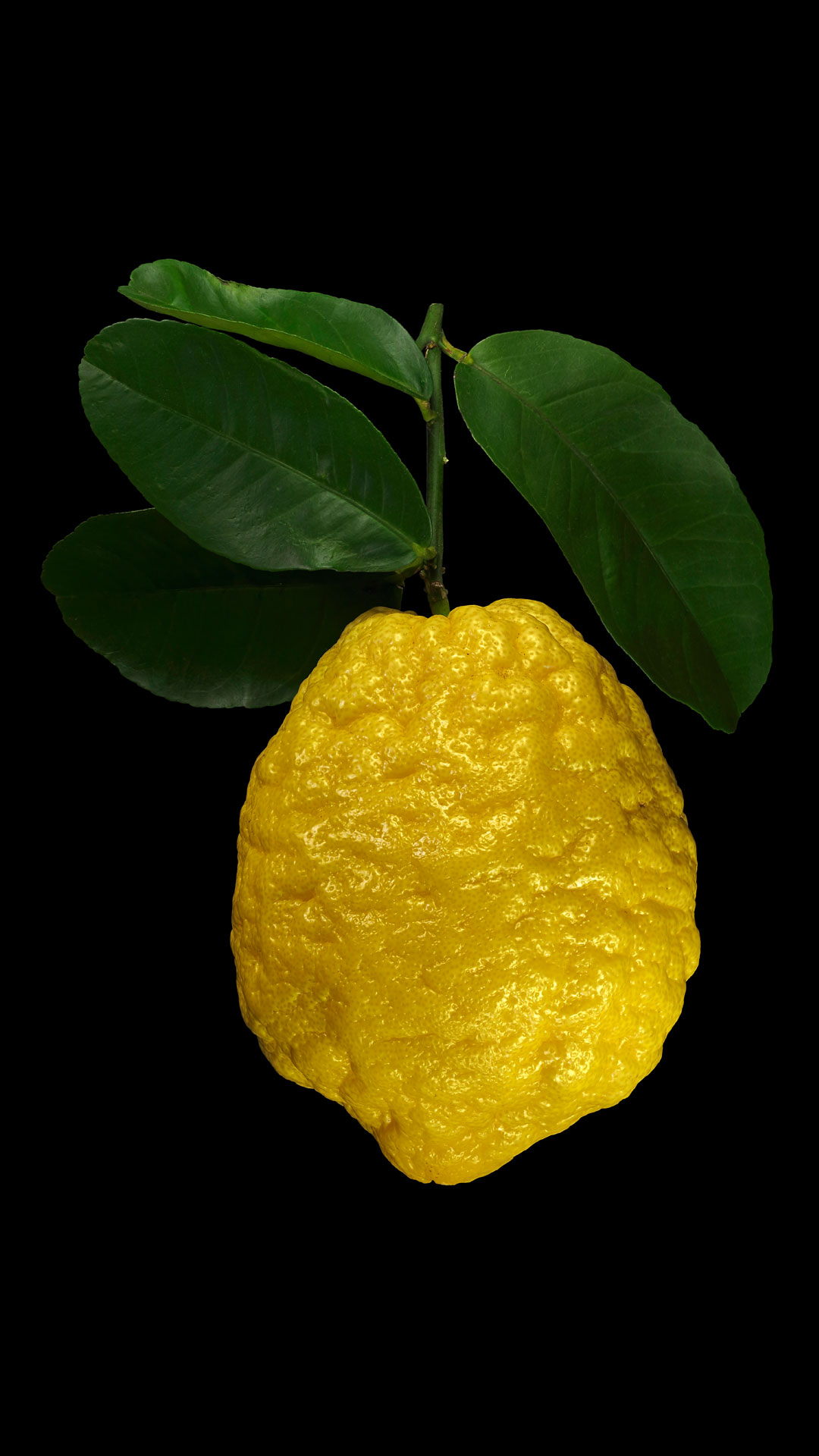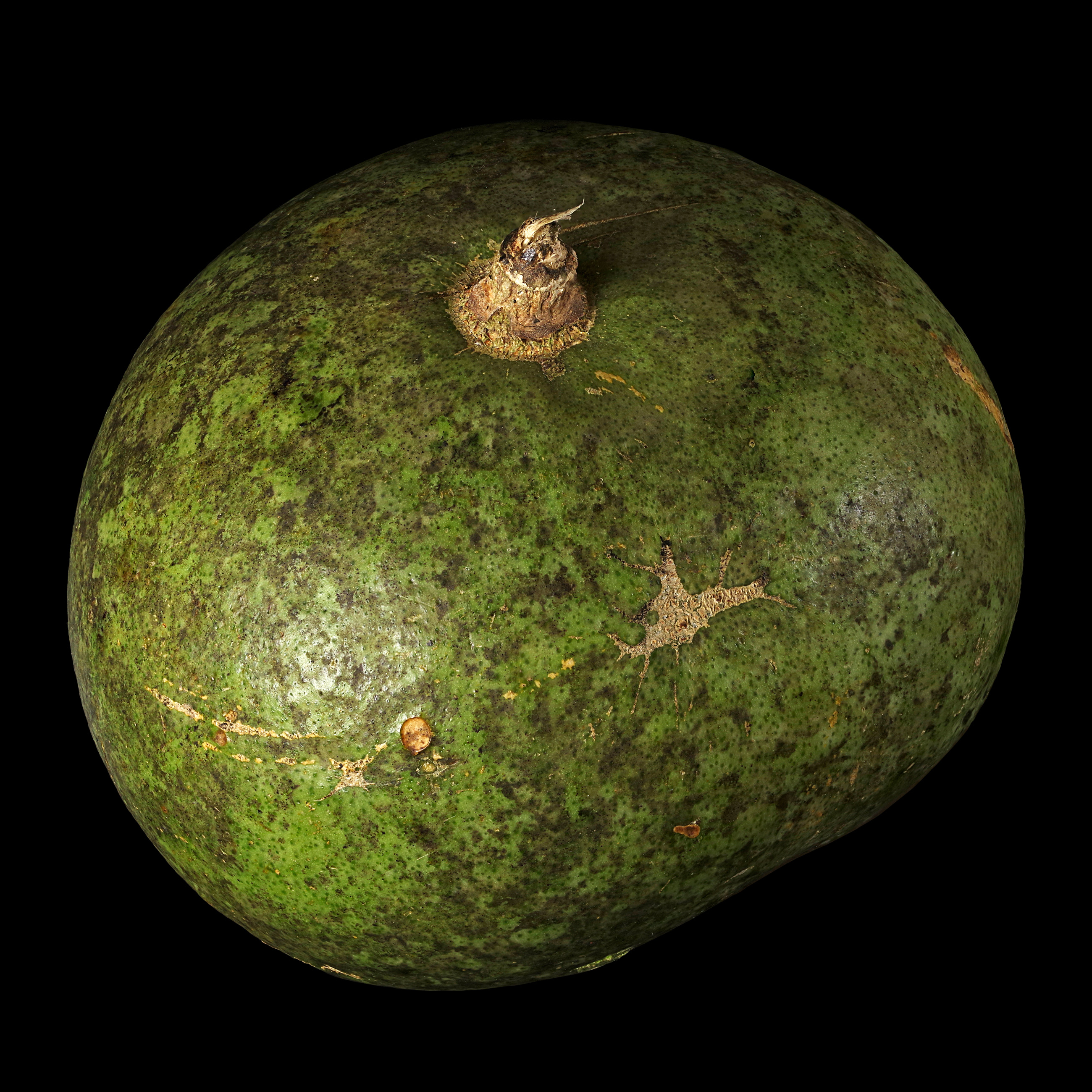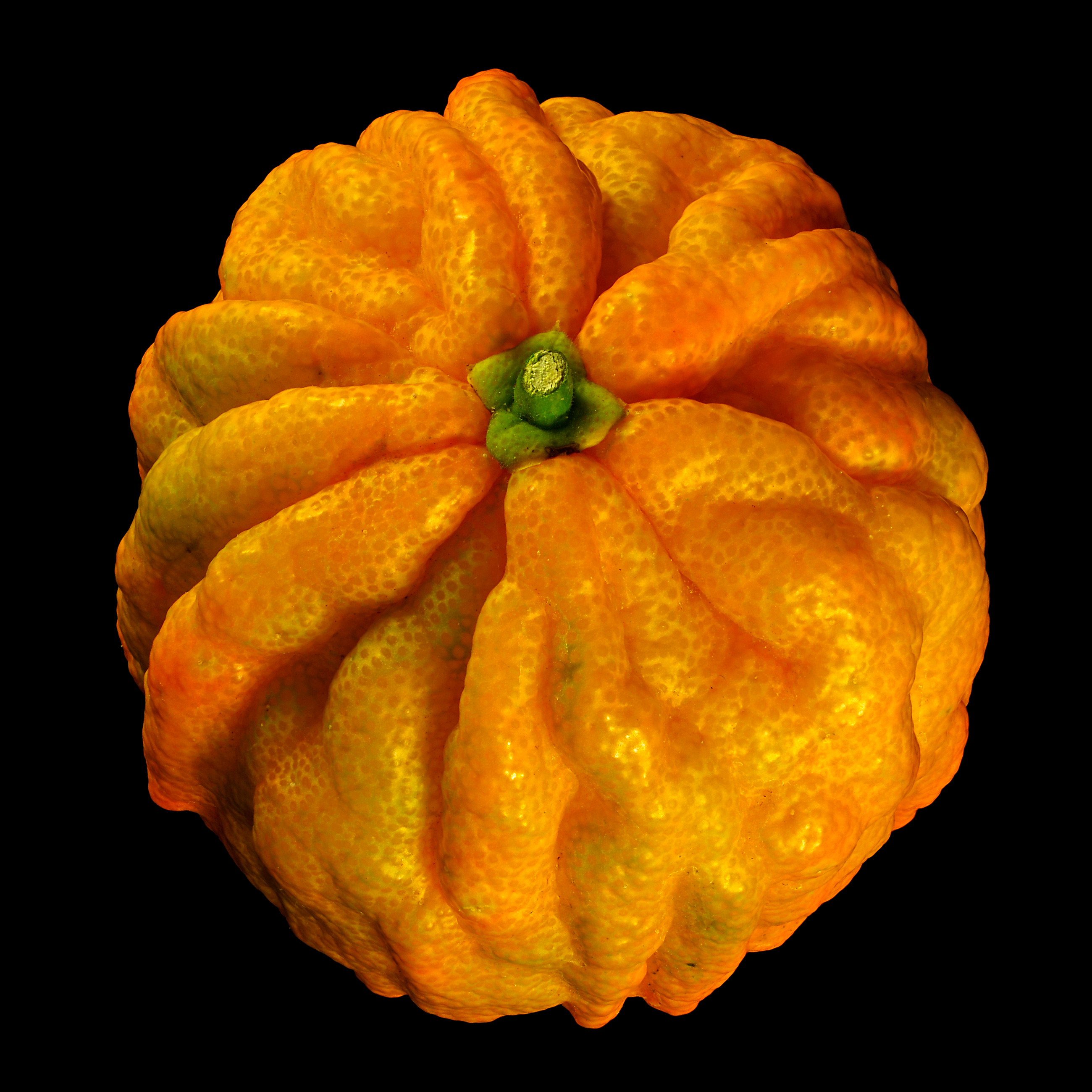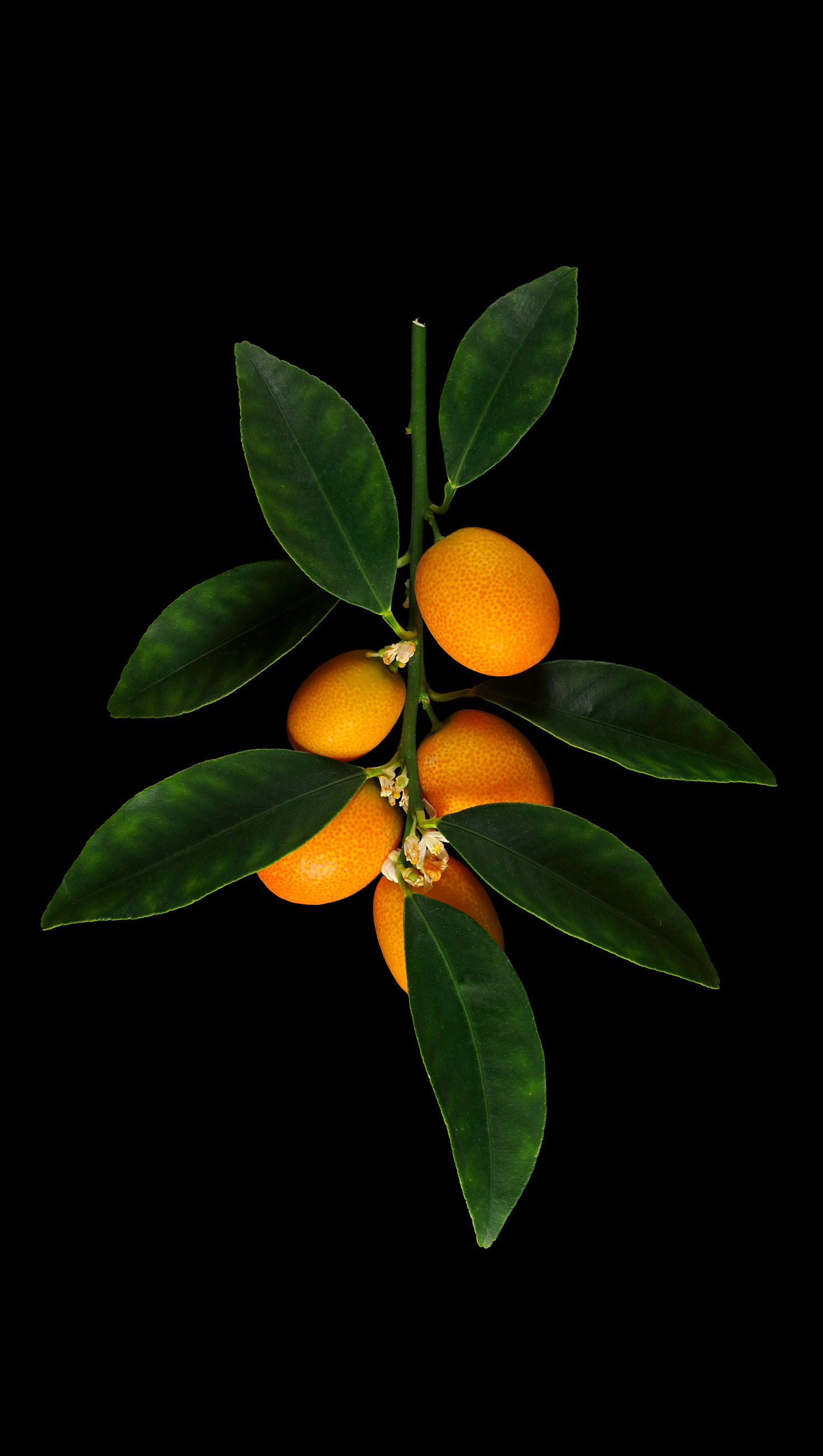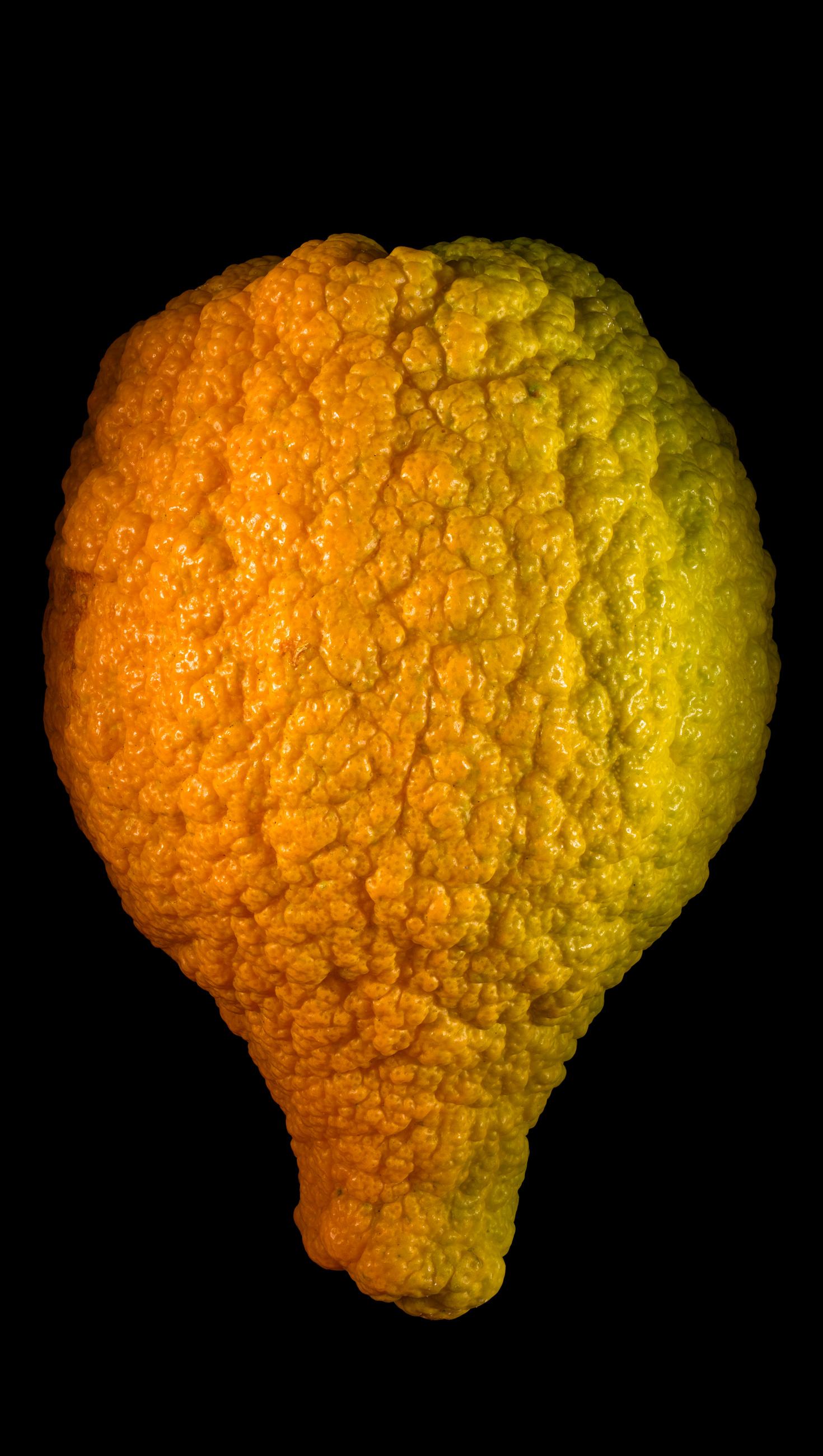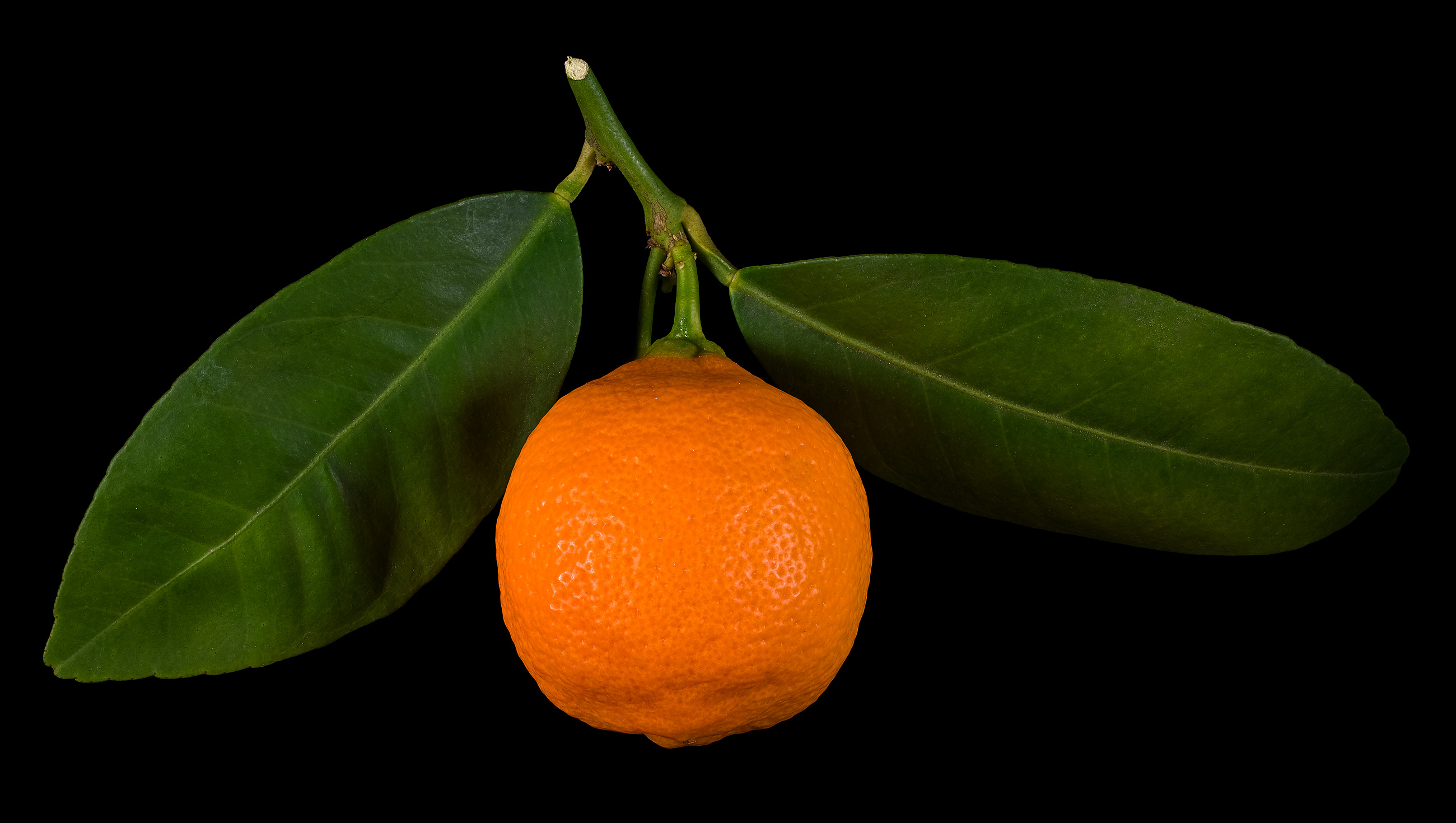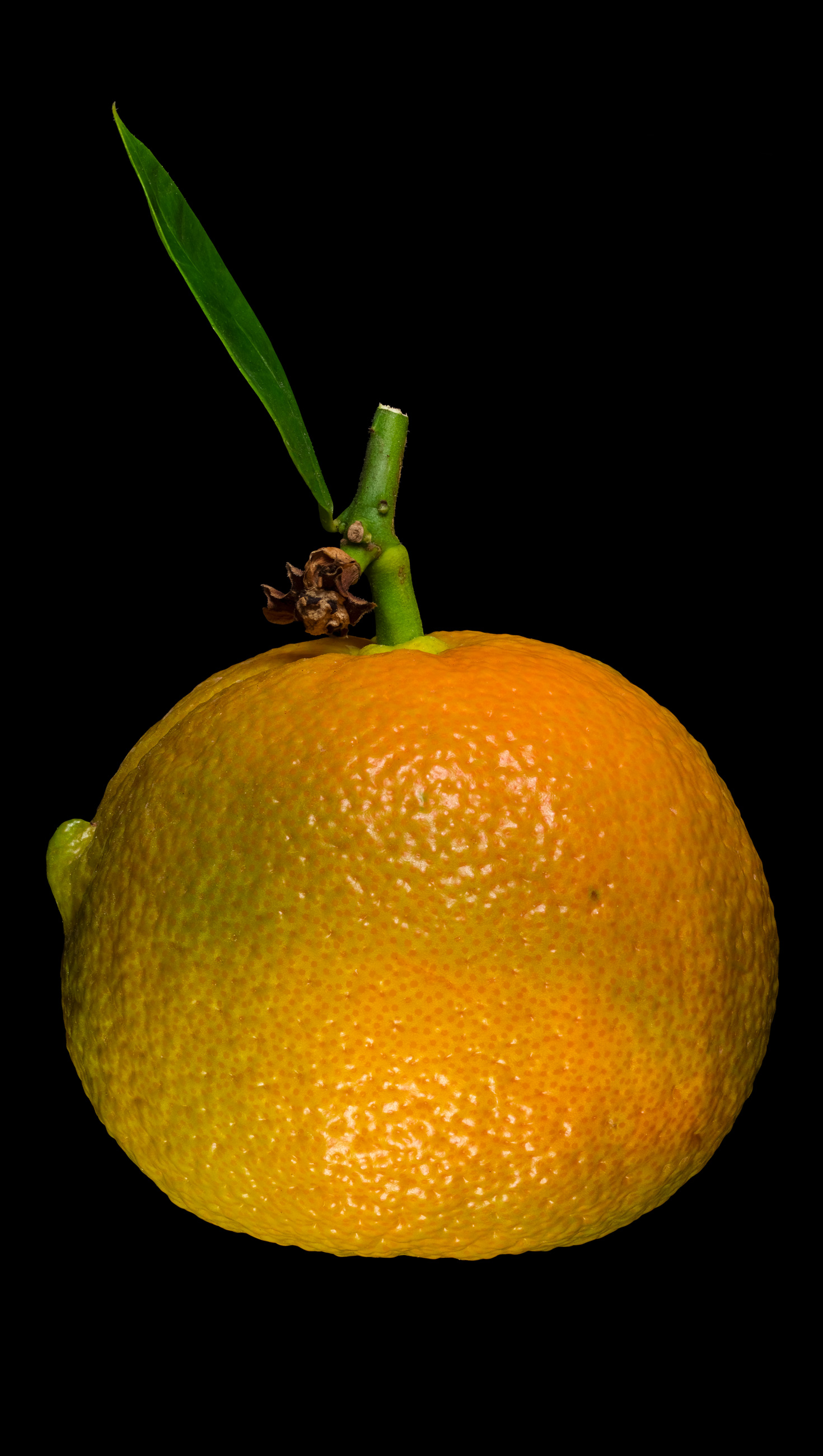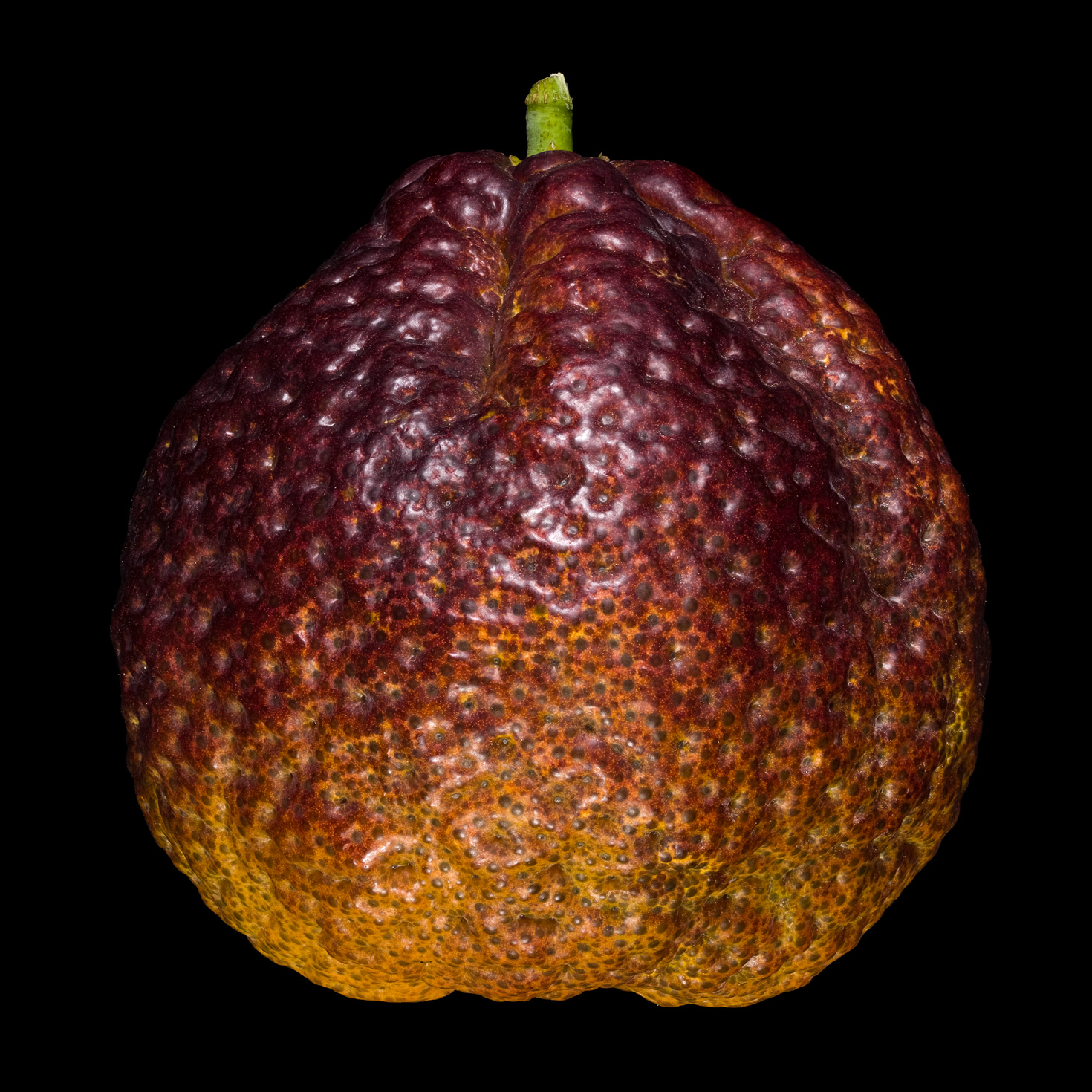Search Results for Rutaceae
The highest importance has the aromatic oil, of course, in the perfume production, but also tea (Earl Gray and Lady Gray), confectionery and Lokum are flavored with bergamot oil.
The multiform Buddha’s hand is a special kind of citron.
The fruits are juicy, which suggests a use for lemonade, marmelade and jelly.
Kumquats are eaten as a whole. They are sweet and tangy and very aromatic.
Specially from the immature fruit (as well from the leaves) of the bitter orange the aromatic oil „Petitgrain“ is won.
For lemonade, jam, sorbet, in dressings and as a spicy, souring ingredient in spicy as sweet dishes.
The abundant juice of unripe fruit is used for the production of lemonades or fruit juices.
Juice and fruit pulp can savoured fresh or processed to jelly and lemonade, if the bitterness is not unpleasant.
Peel and juice can be used like lemon, the firm flesh resembles the grapefruit, but somewhat more acid.
In contrast to other types of lime, kaffir limes contain little juice, which is why the use of the essential oils in the dish is the focus.
They are mostly cooked along with the other ingredients as a whole, so that they release their abundant aromatic oil, but the leaves are too leathery to be eaten.
The calamondin has a thin, sweet peel and sour pulp.
The fruit is very thick-skinned and also resembles the size of a citron.
The perettone citron is certainly one of the ornamental varieties among the citrus plants, but the fruits should be candied or made into jam.
The huge citrons have little fruit pulp and a thick peel (the white albedo), which is usually candied and added to bakery for seasoning.
The fruits of the Florentine citron are hanging on the branches like an upside down pear.
The leaves of the curry tree have a „heavy“ aroma, which gives vegetable dishes more substance.
The approximately 1 cm small fruits of the Hong Kong kumquat are the smallest citrus fruits in the world. In principle, they are edible, but they have little to offer because there is almost no flesh.
The fruits of the childing orange are “pregnant” with another fruit: in the interior grows a smaller fruit, along with a peel.
The name „Amanatsu“ means „Sweet Summer“. The sun-yellow fruit is about the size of an orange. In Japan iIt is eaten fresh or processed into jam, juice, ice cream, liqueur and wine.
The beads refine or decorate sparkling wine, desserts, sushi or wherever a sour, fresh citrus flavour is welcome.
This red-fleshy variety with the reddish peel is very delicious!
The Pear lemon is a Lumia cultivar and therefore a hybrid of Pomelo, Lemon and Citron.
The cross section shows that ripe fruits of this variety no longer contain fruit juice.
The fruits will probably only turn beautiful red when exposed to sufficient cold, otherwise they can remain yellow and look like ordinary lemons.
The smaller, thin-peeled fruits of Meyer lemon taste very intense and are not as sour as many other varieties. At the same time, they are very juicy.
This huge citrons have little pulp and a thick peel (the white albedo), which is usually candied and added as “succade” to pastry.
To open this fruit, I needed 2 large knives. A saw would have been better, but I didn’t have it at hand. When I spooned out the fruit, my spoon also broke.
This strange bitter orange variety stands out for its furrowed skin, but is consumable like most other bitter orange varieties.
Kumquats are eaten as a whole. They are sweet and tangy and very aromatic.
Despite its higher juice content, Chinese citron can be used in the kitchen like other varieties of citron, such as succade or jam.
The cultivar ‚Santa Barbara‘ is orange in colour and has a perfume-like aroma and a slightly soapy taste.
The fruits of the horned bitter orange bear one or more conspicuous bulges that can look like horns.
As with blood oranges and the red lemon, there are also red pigmented variants of mandarins and clementines.



